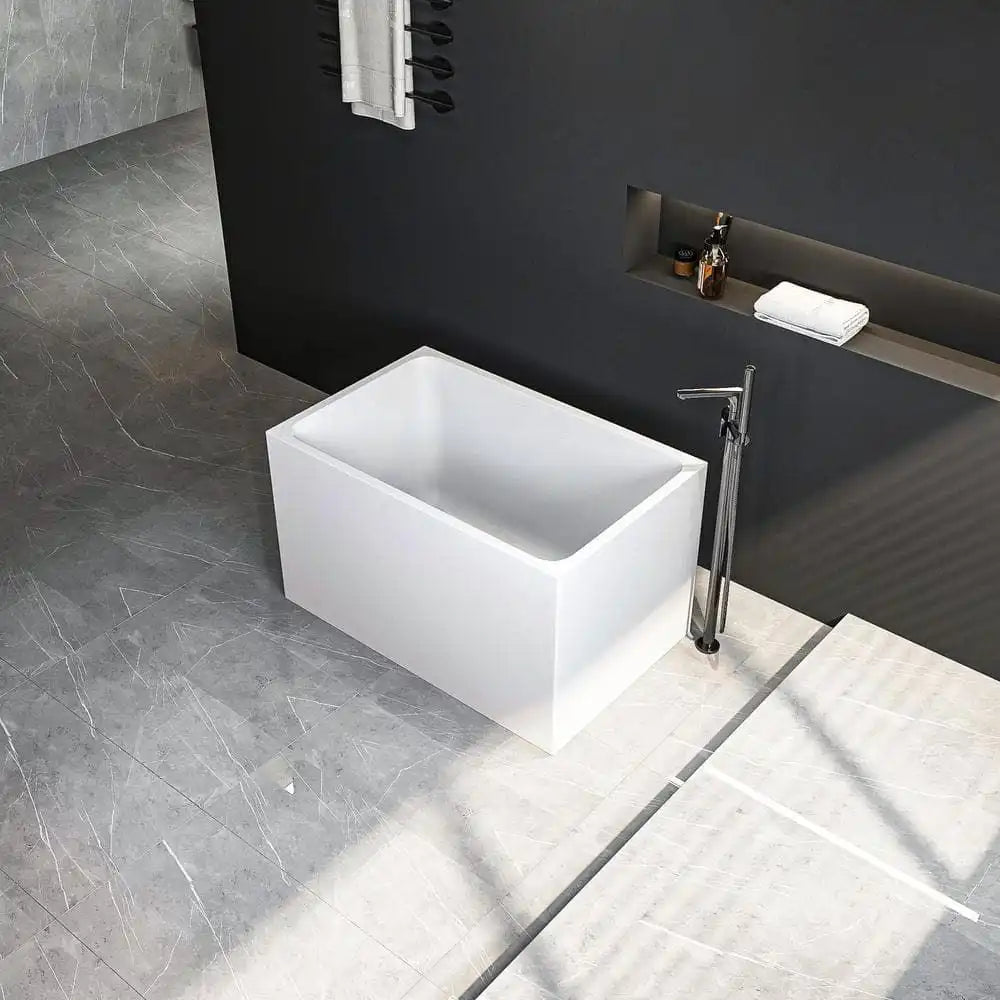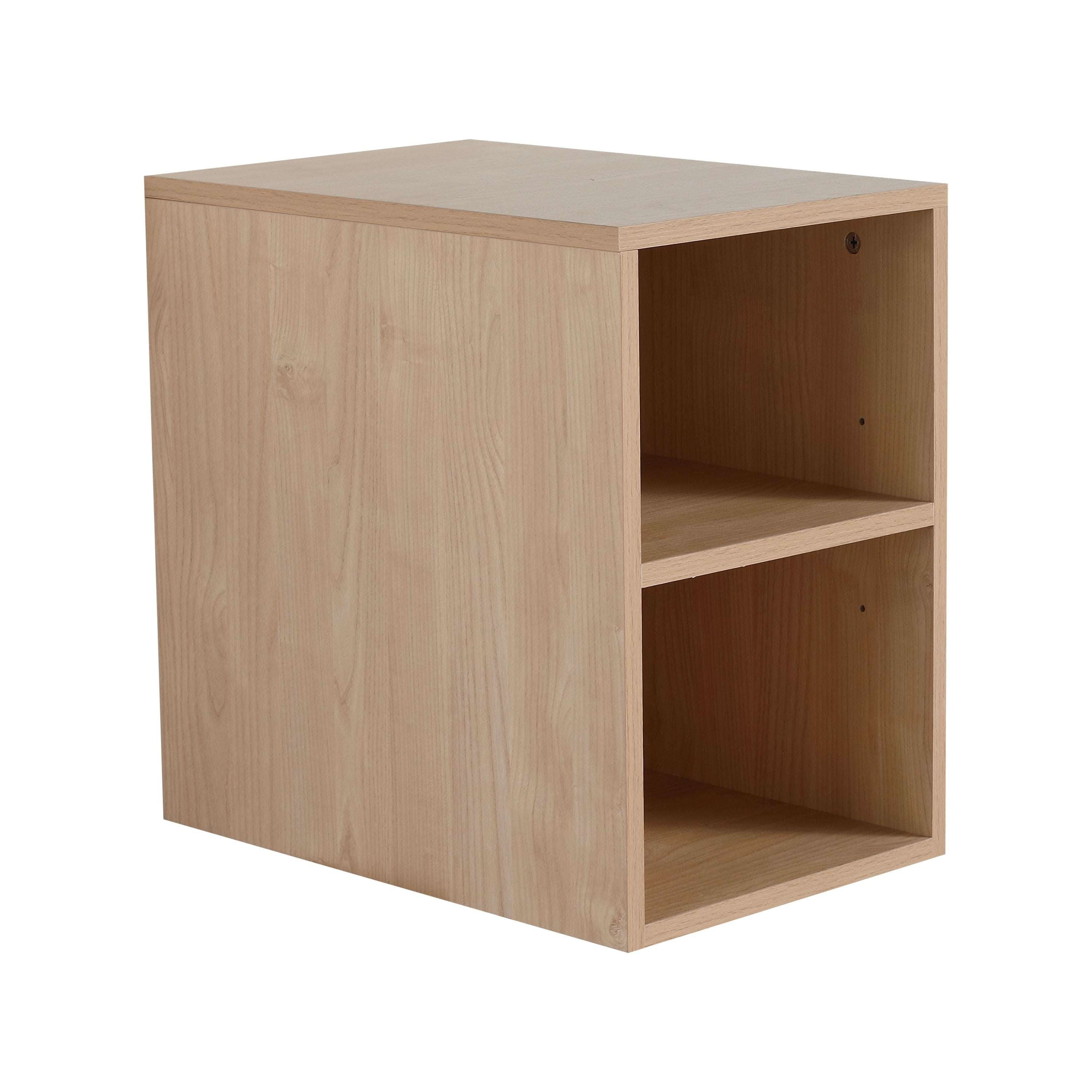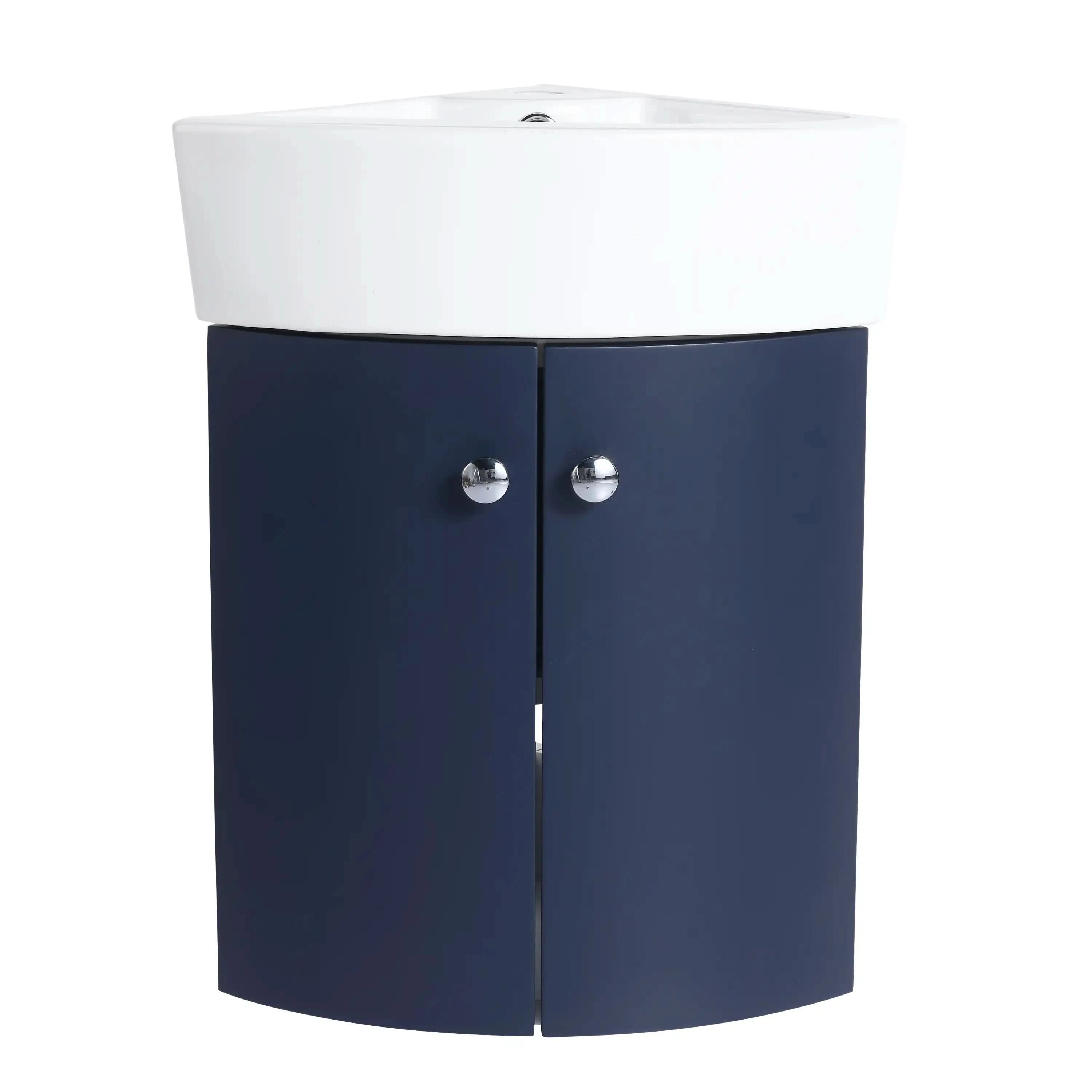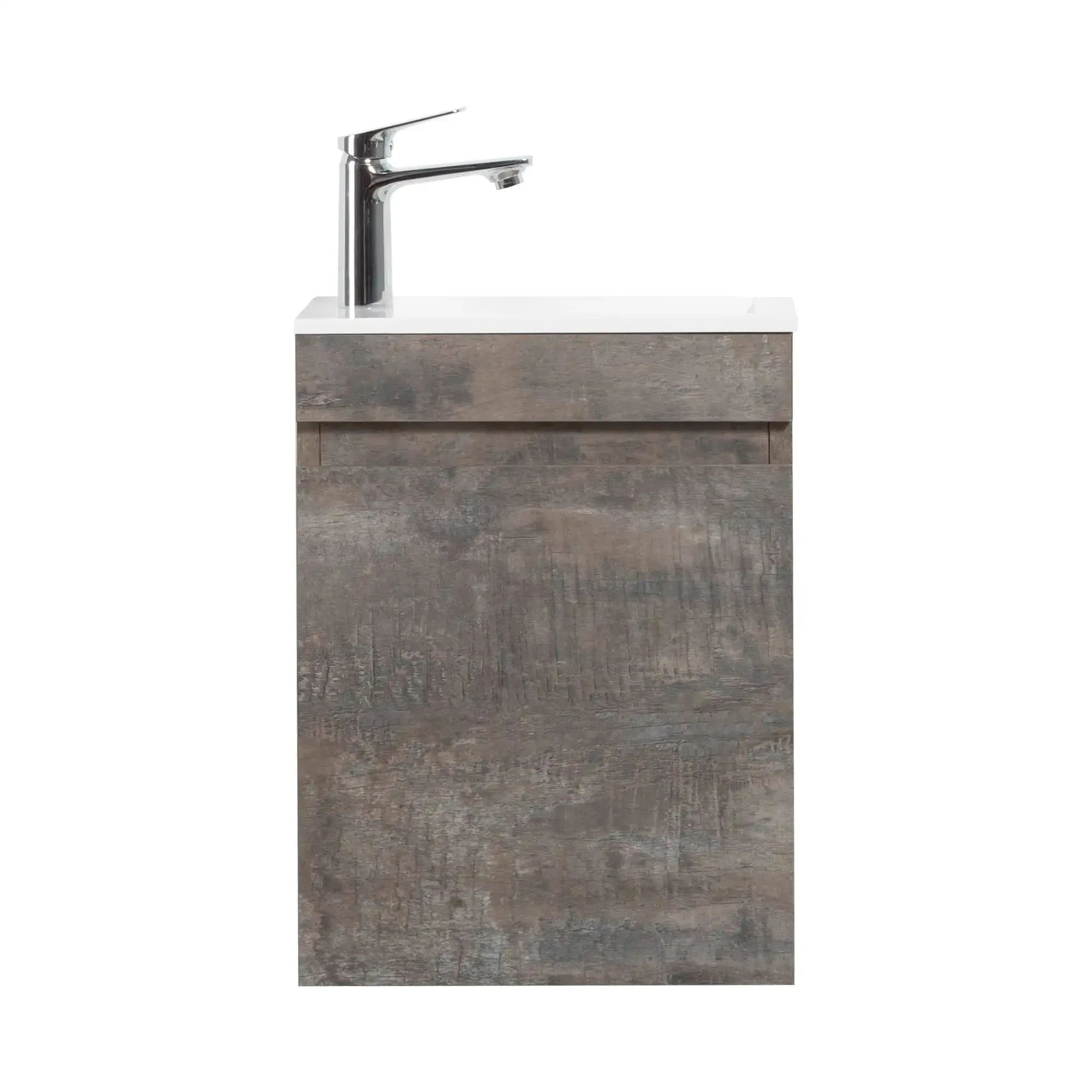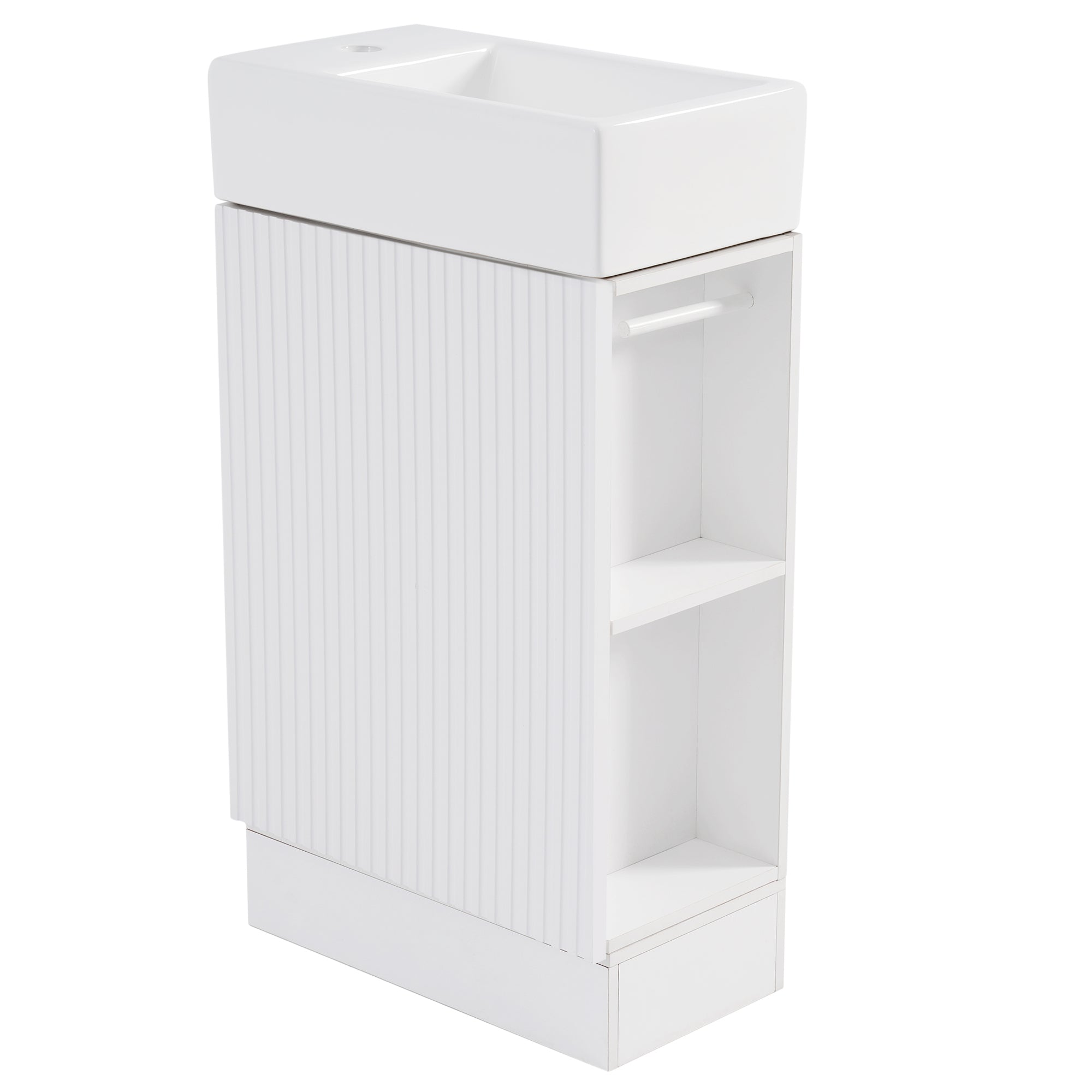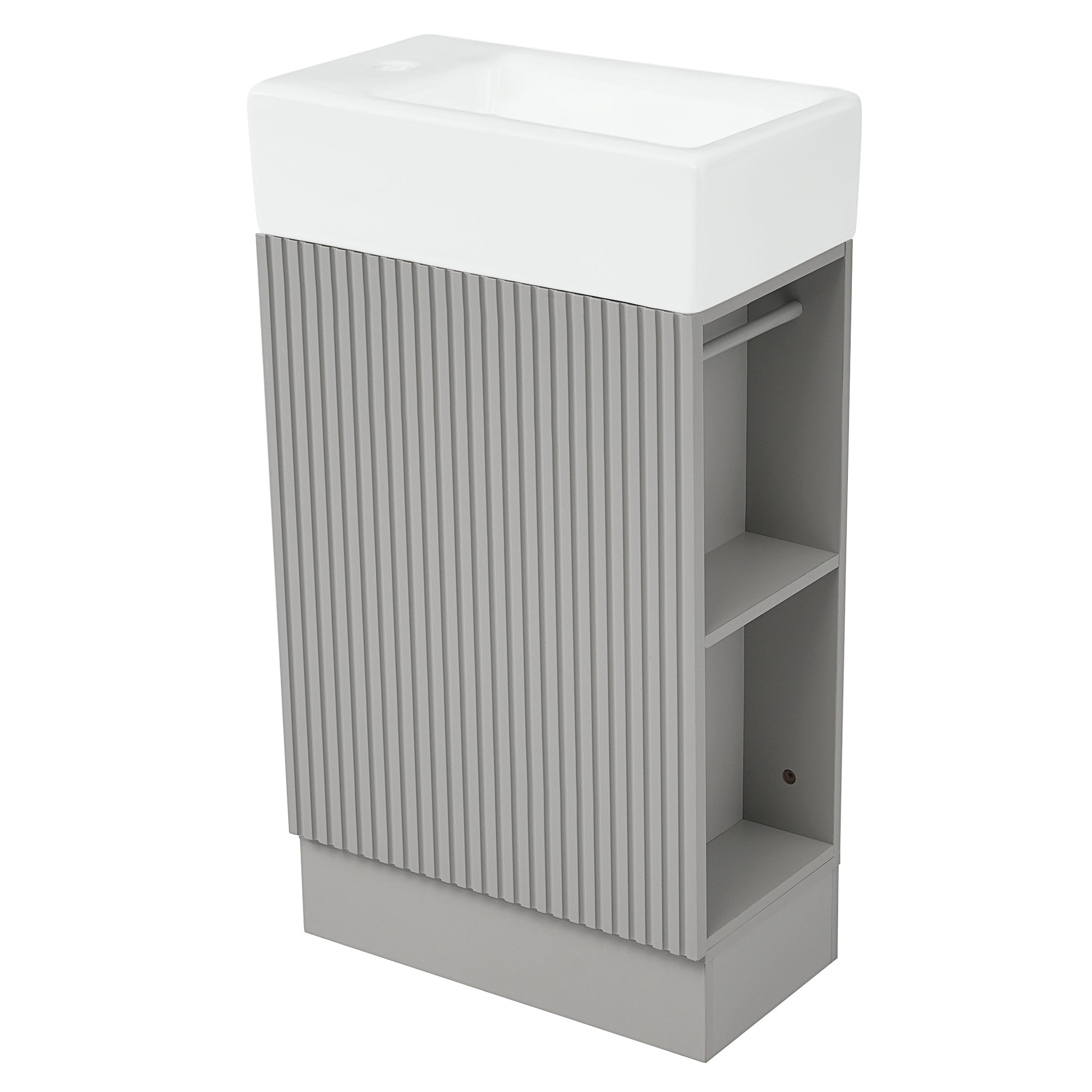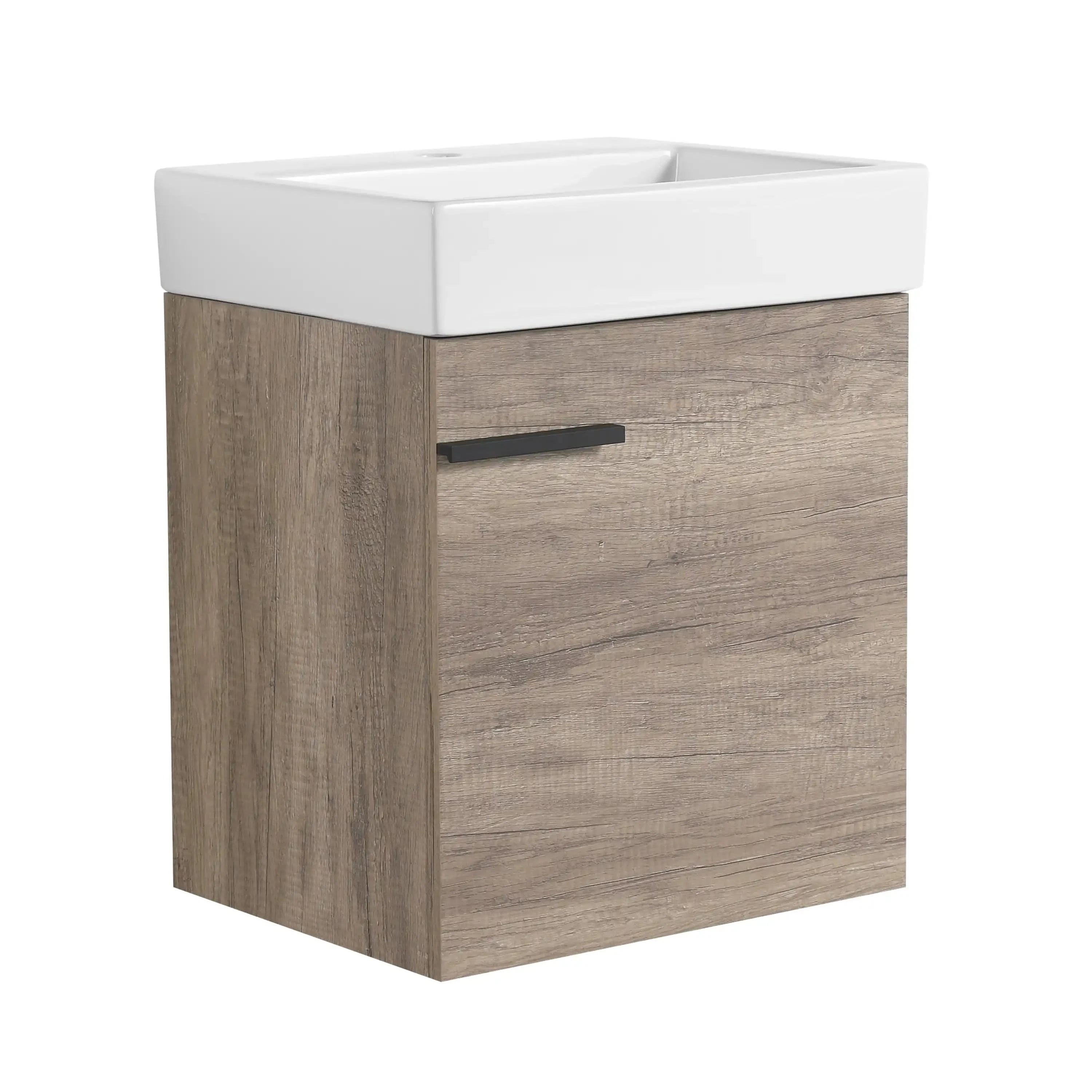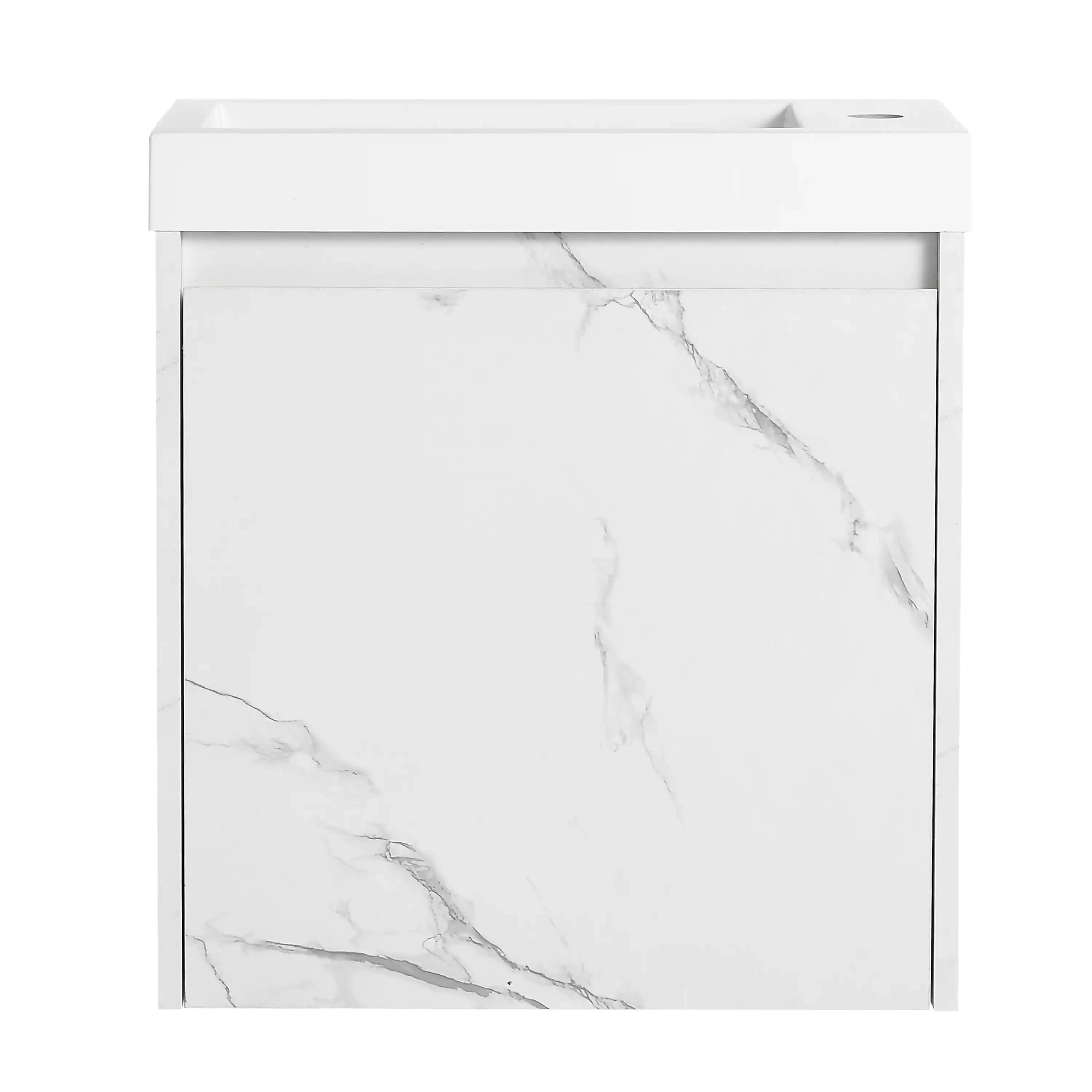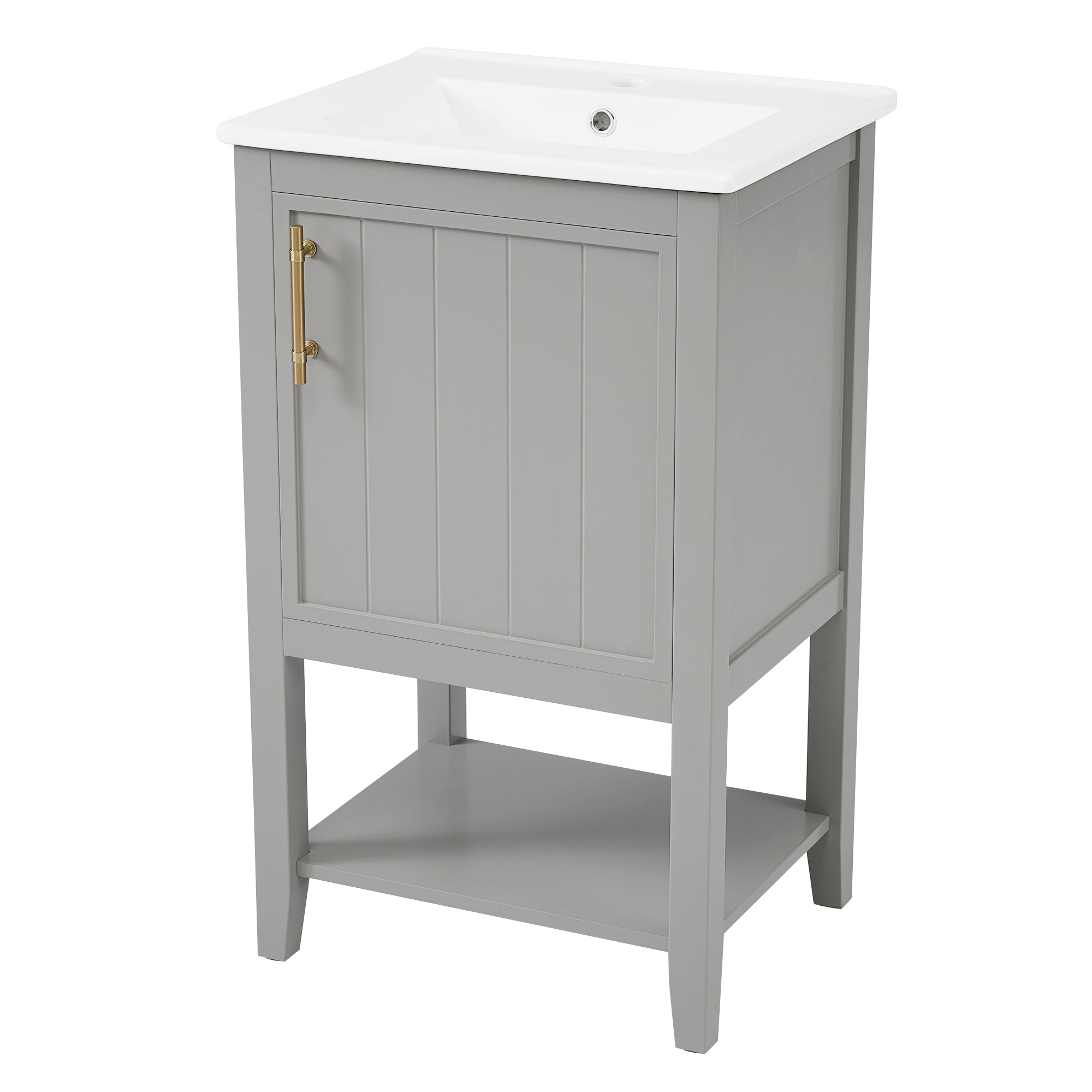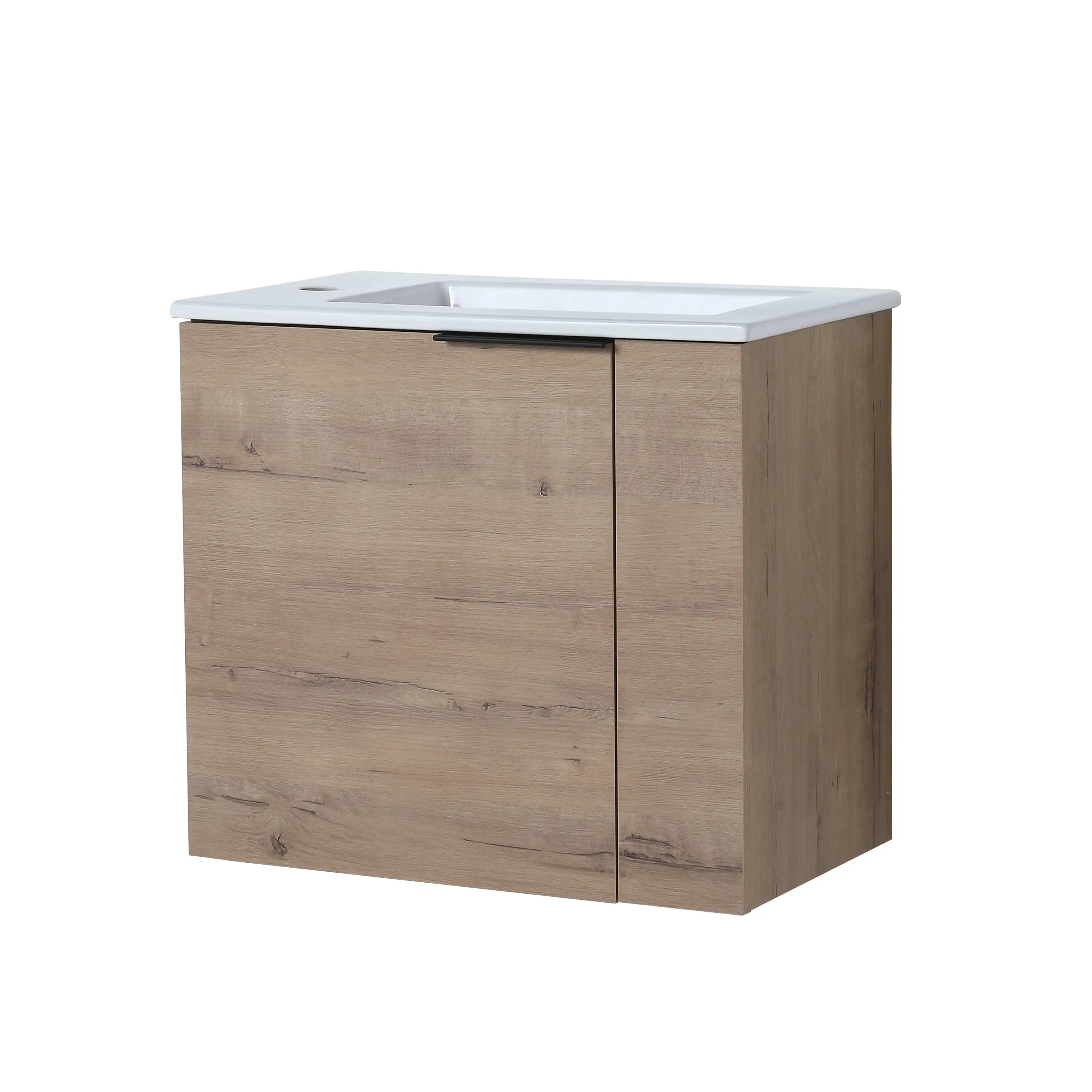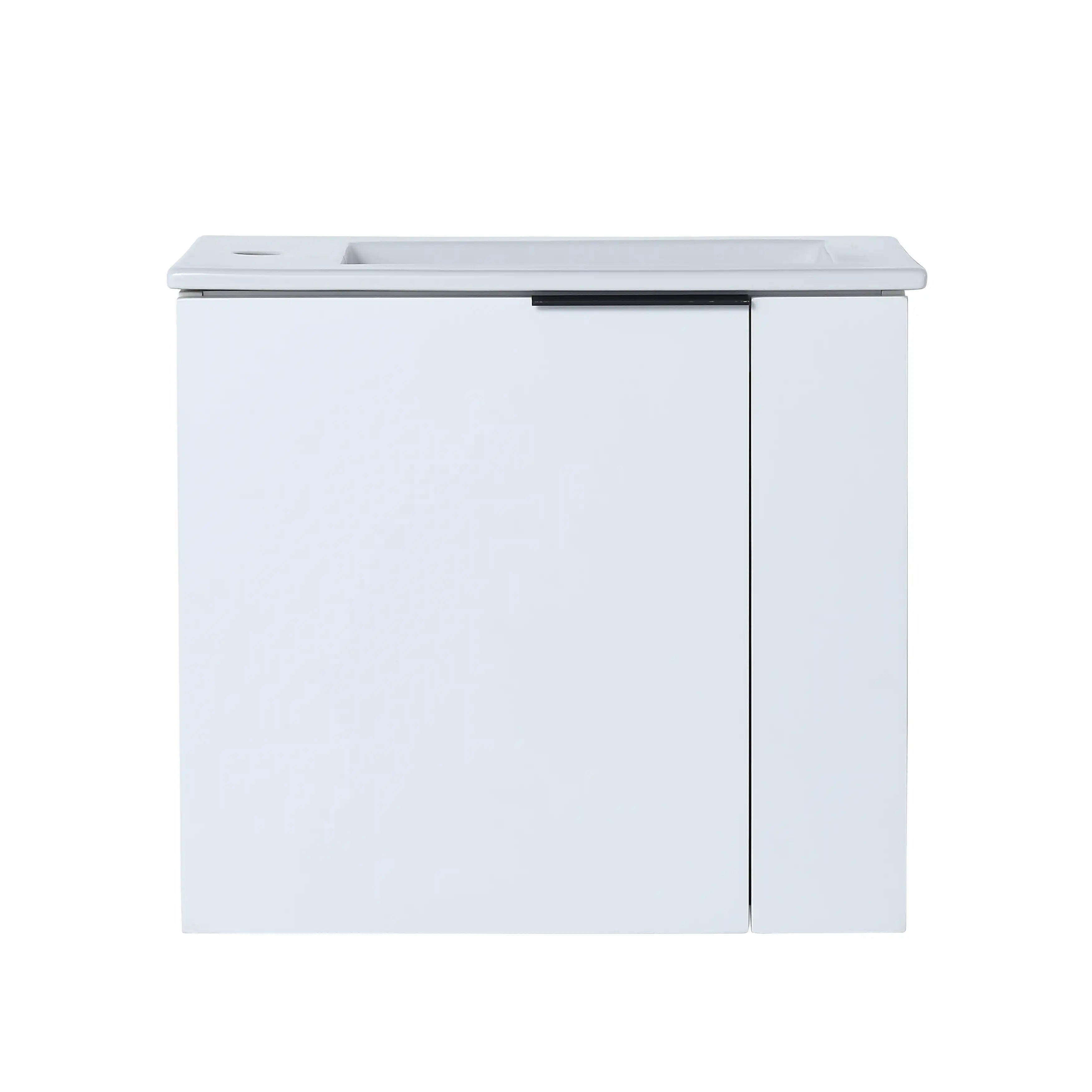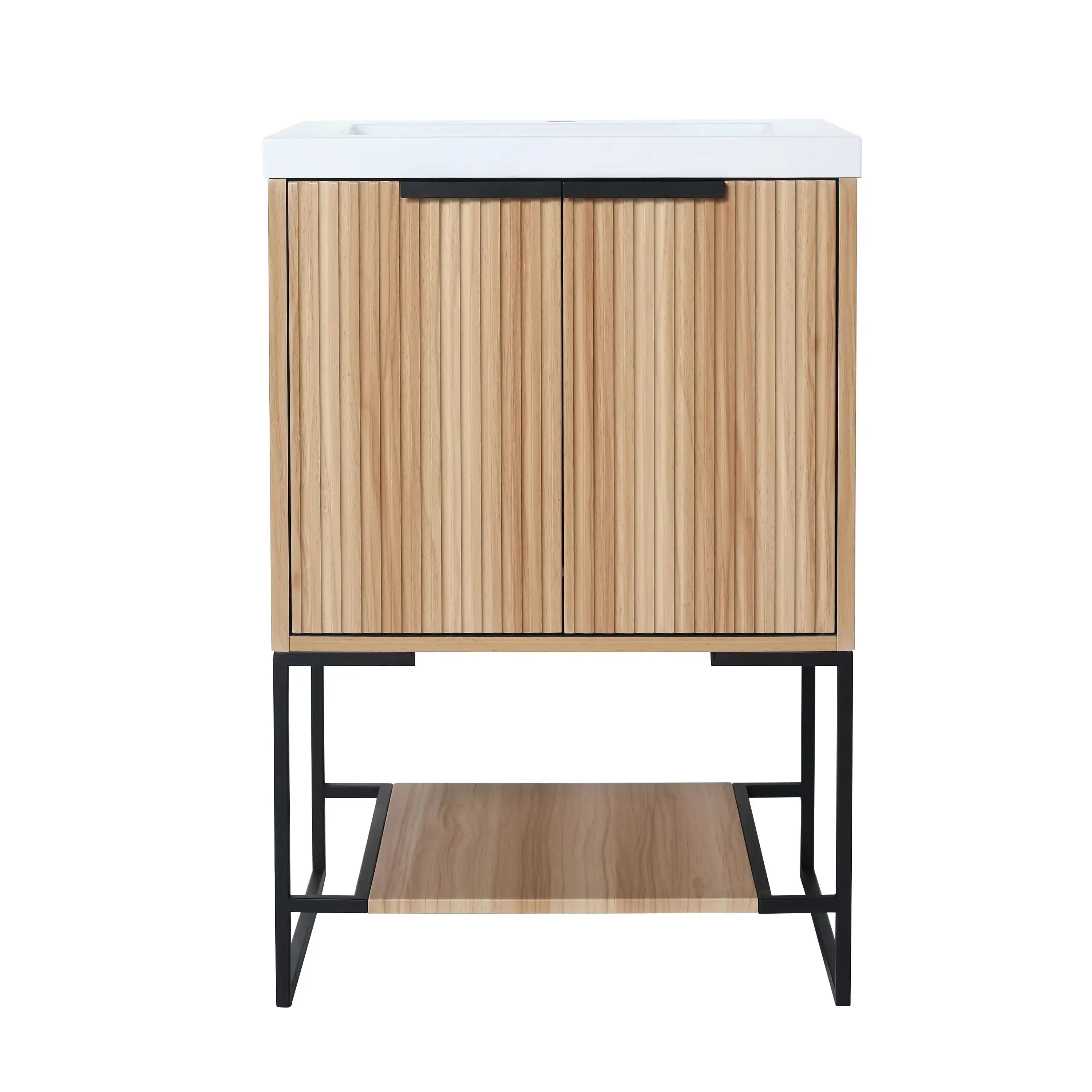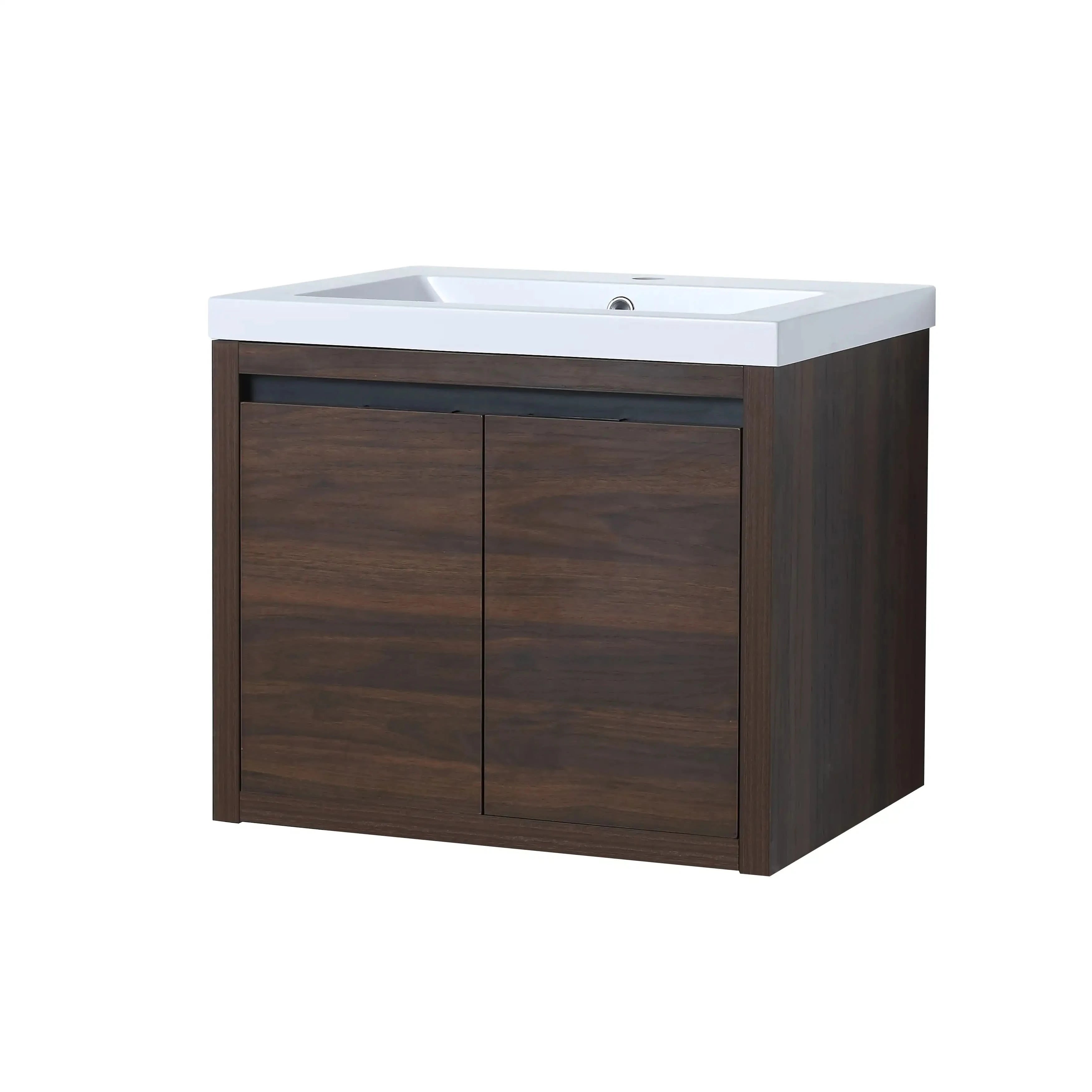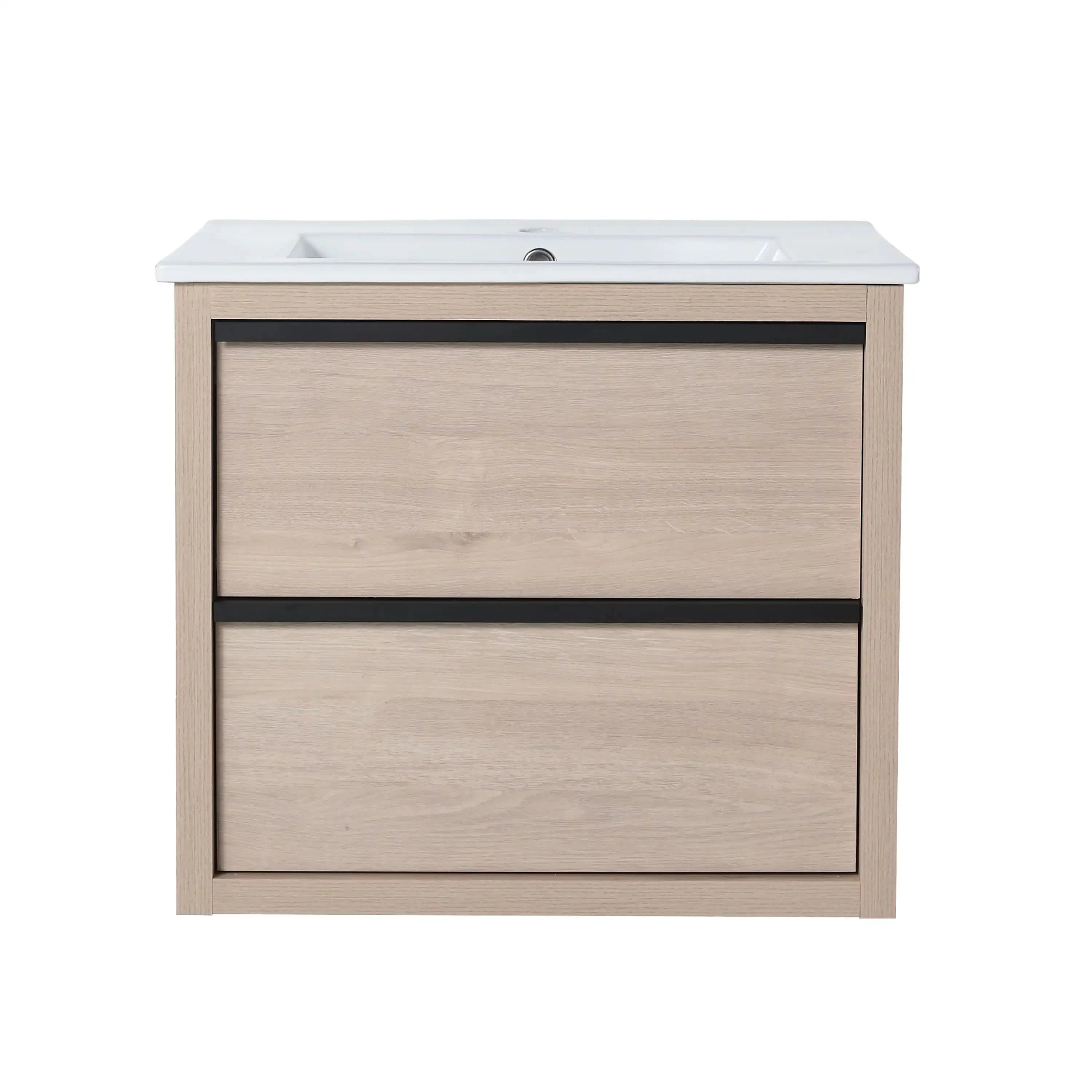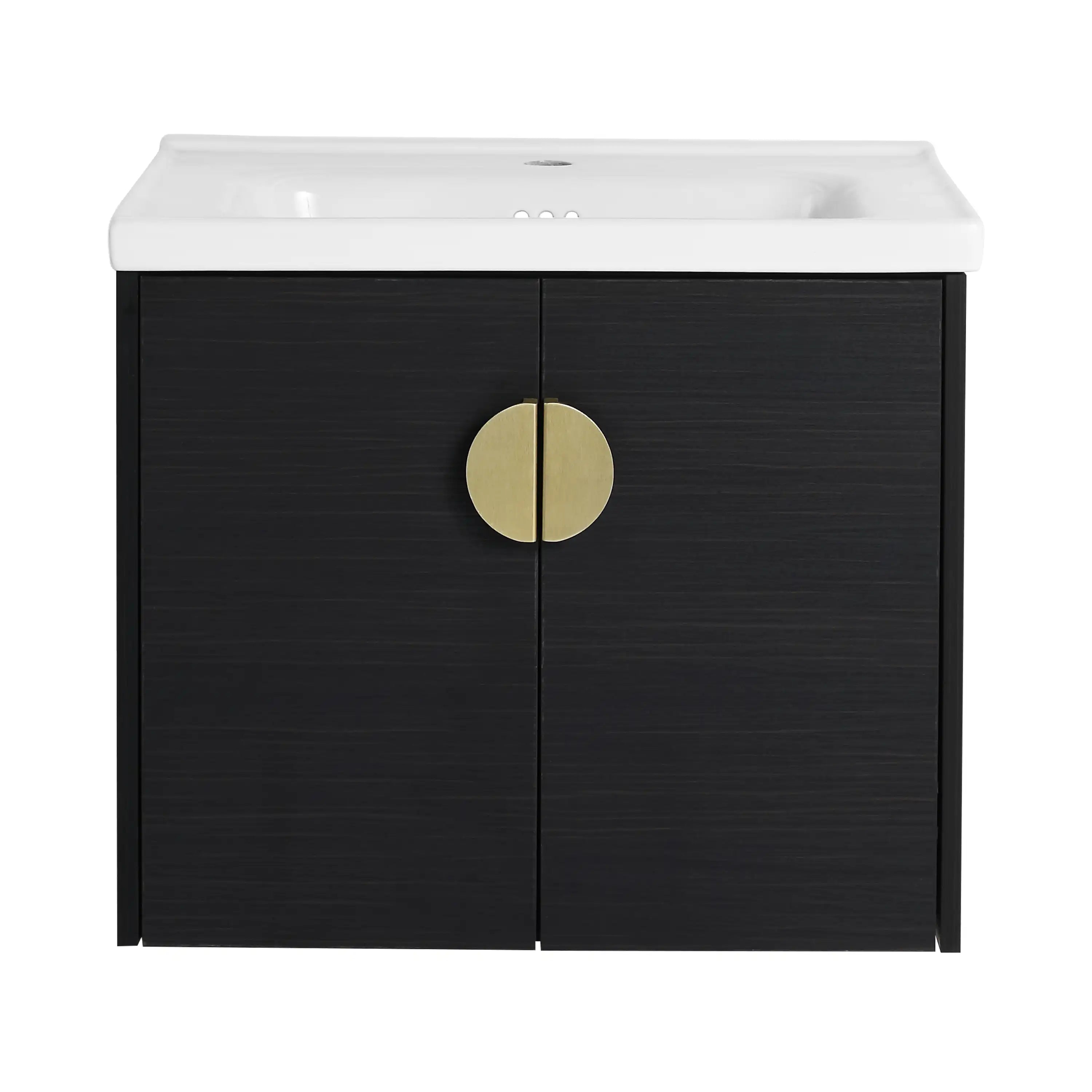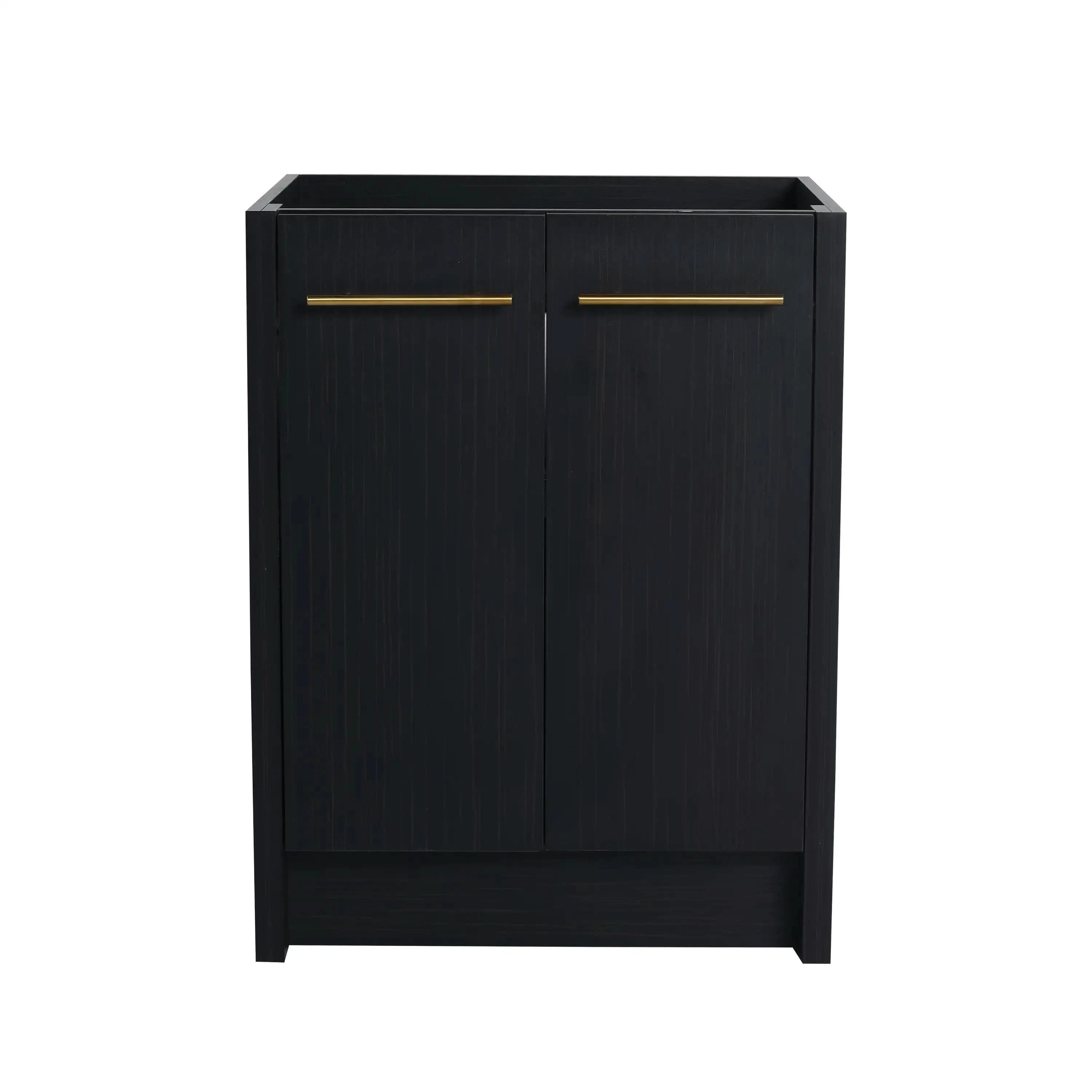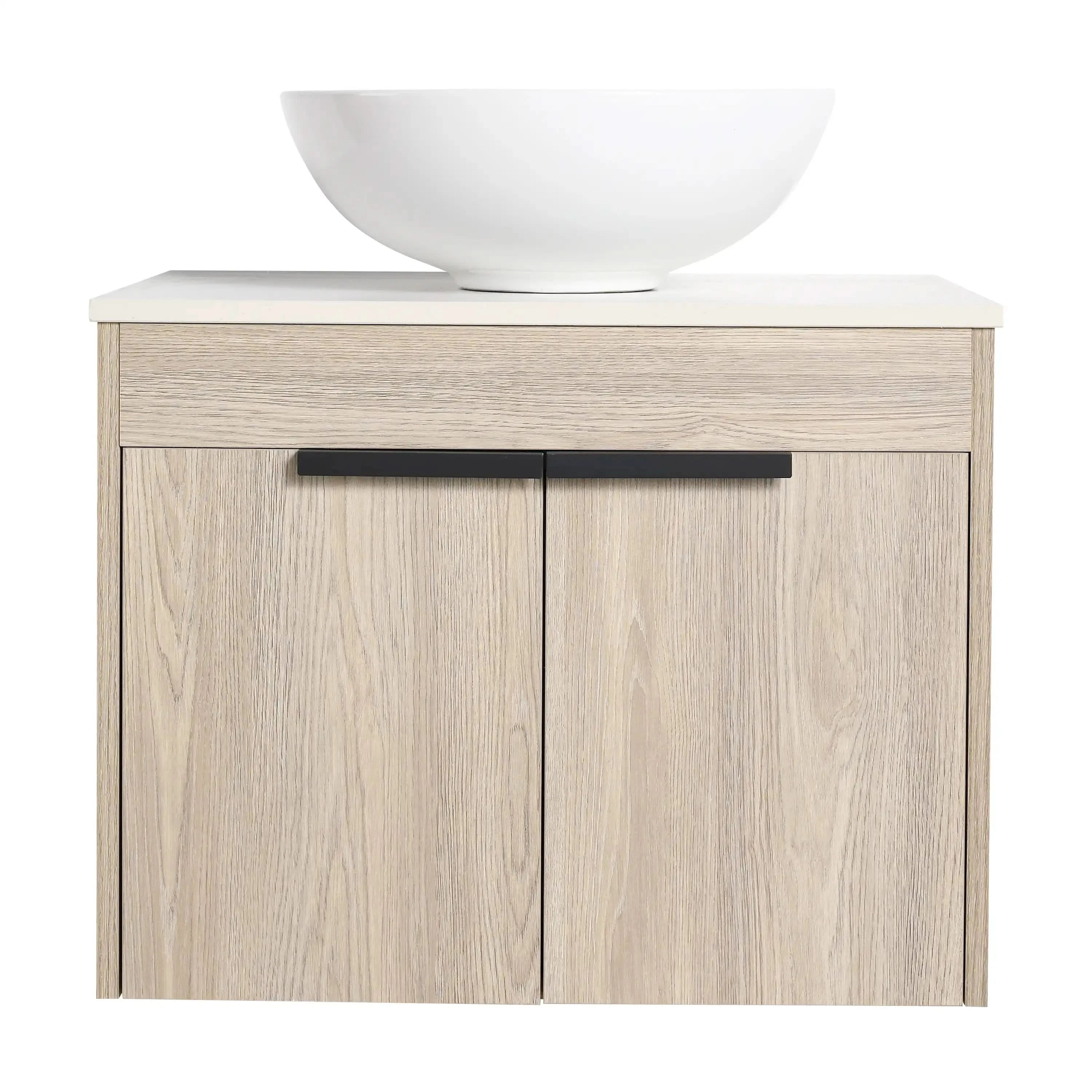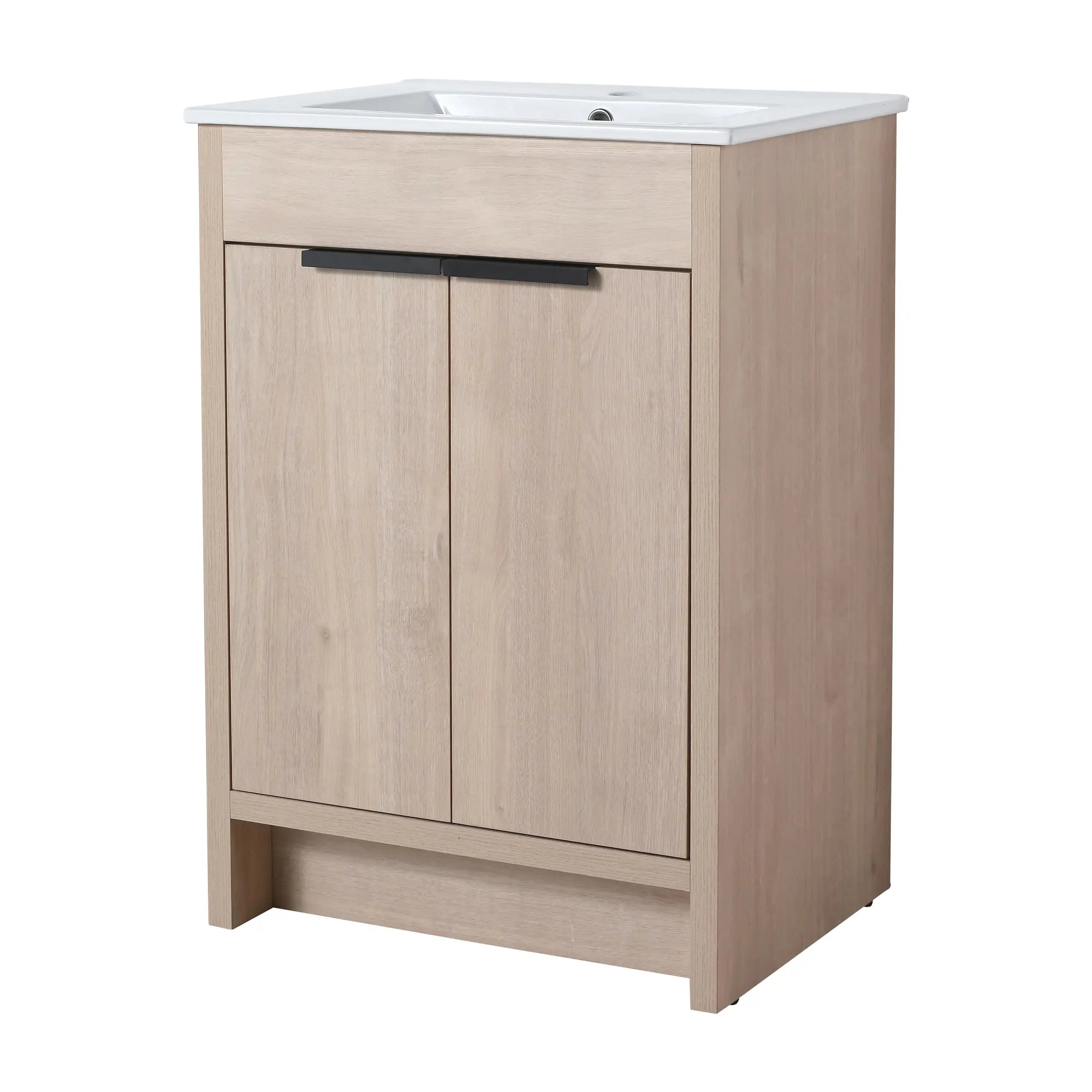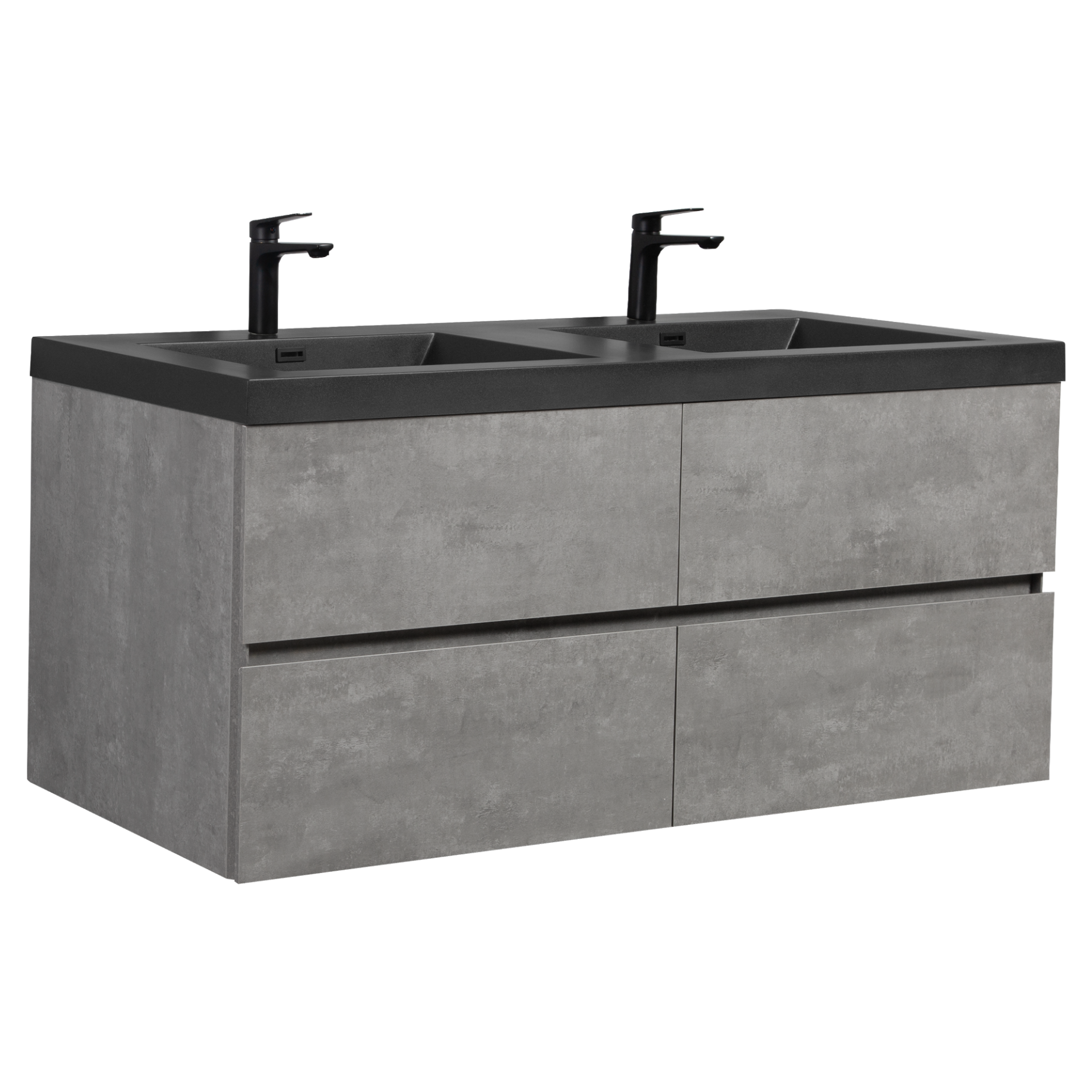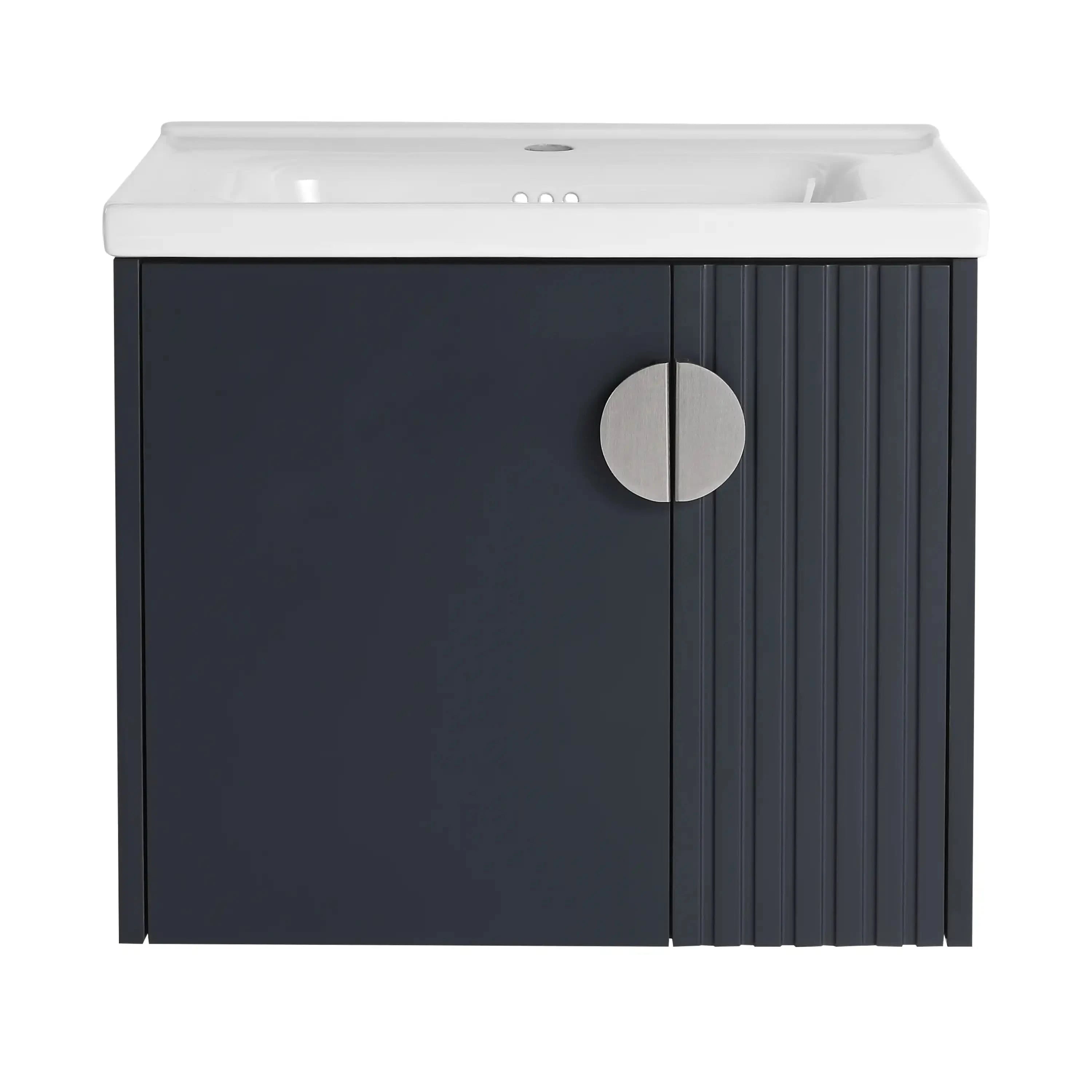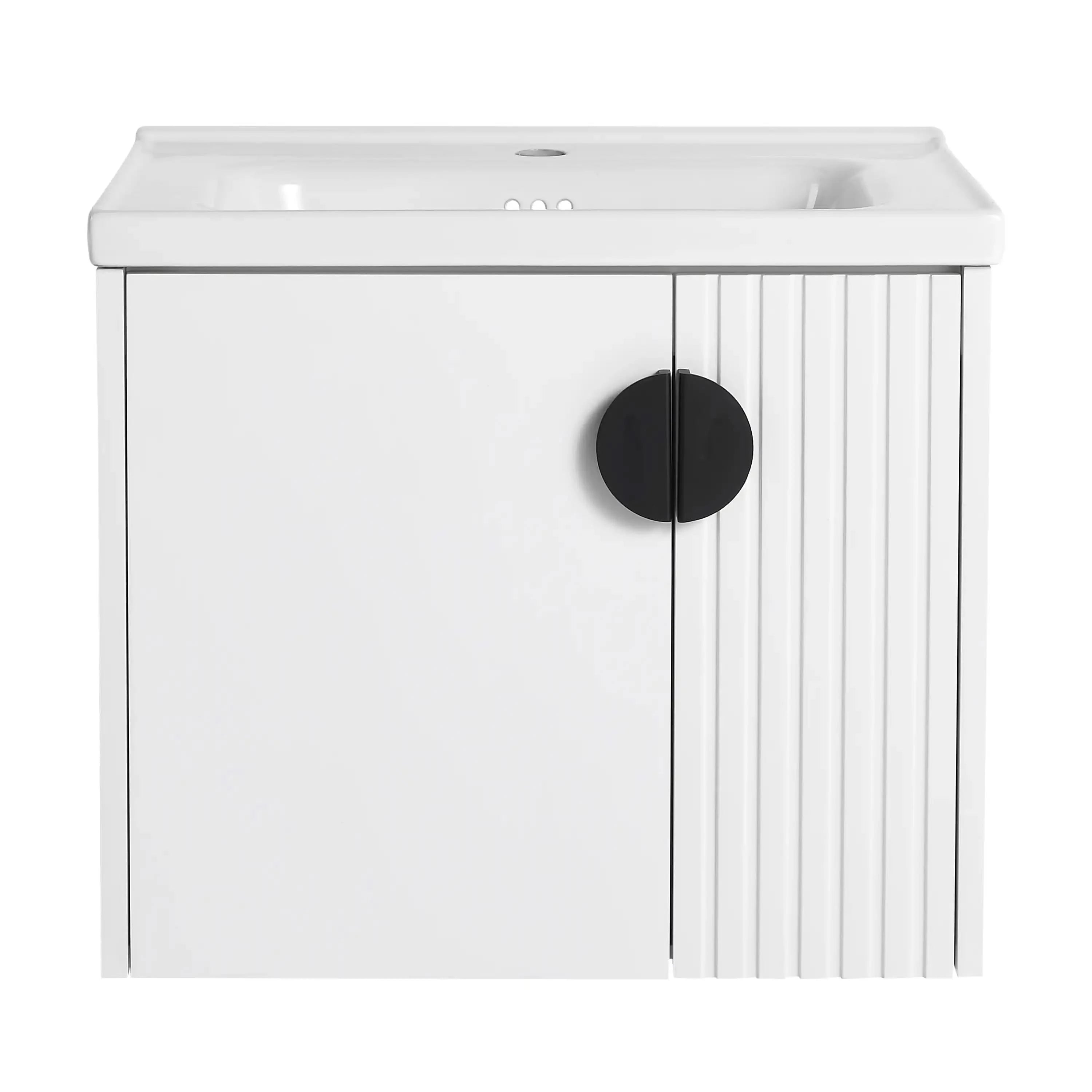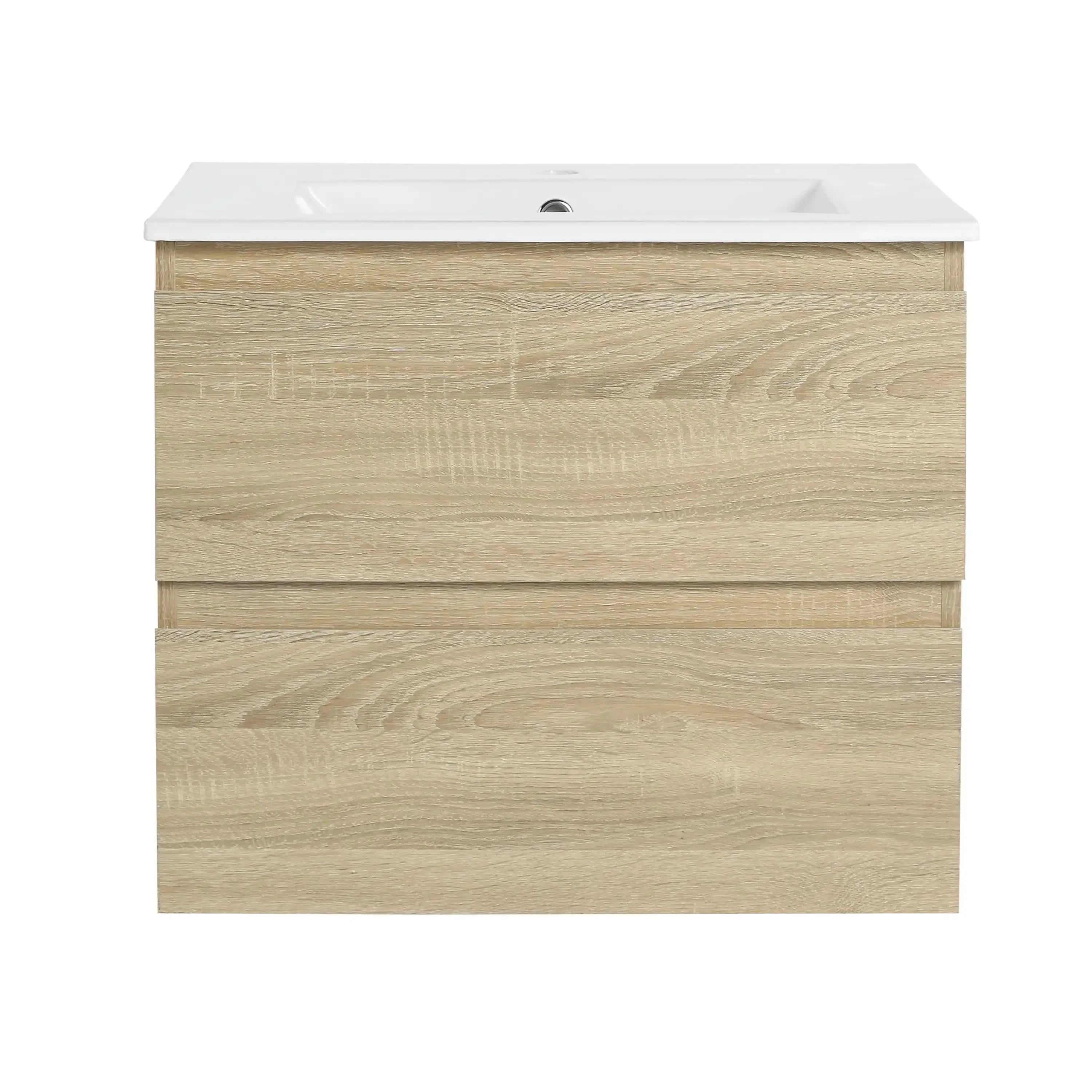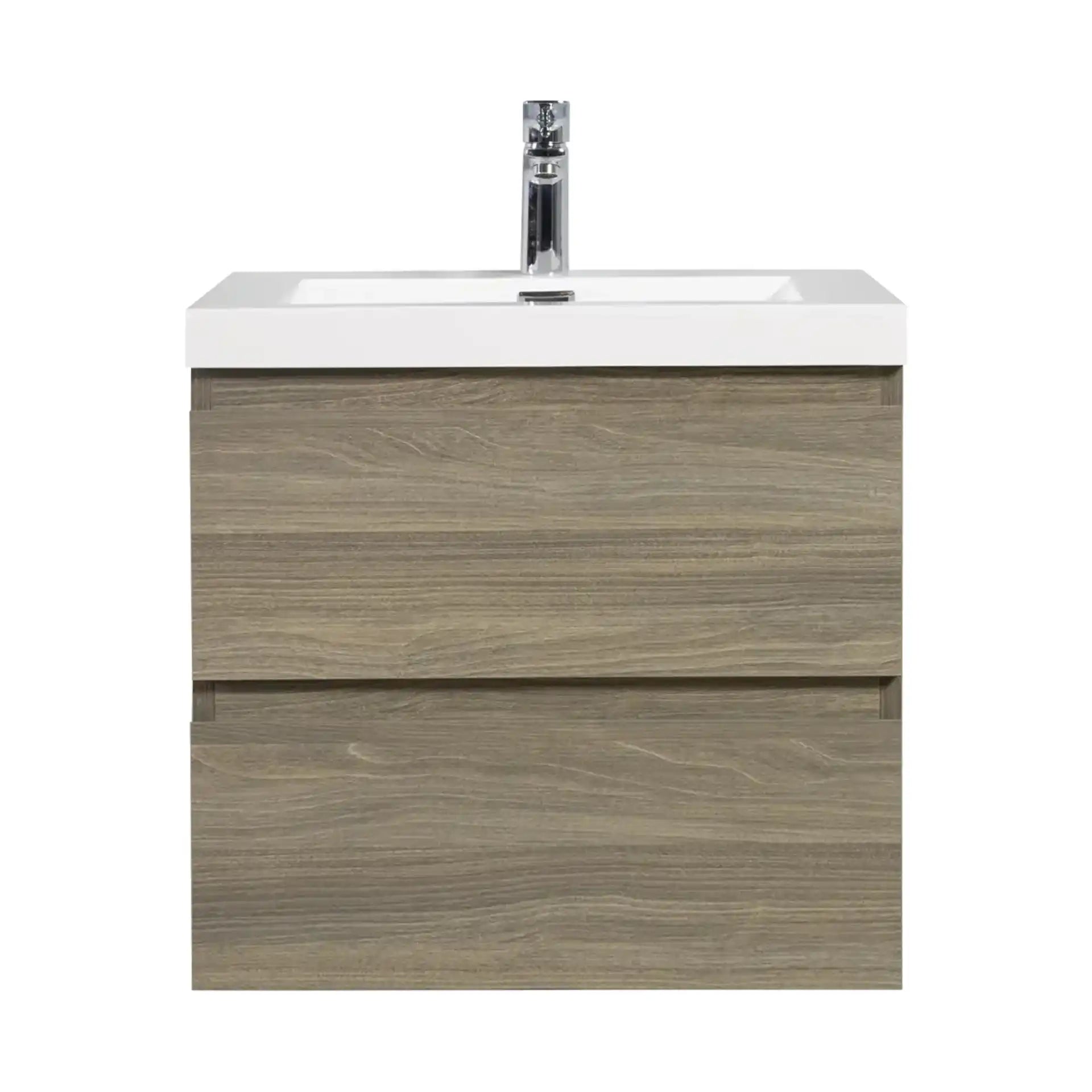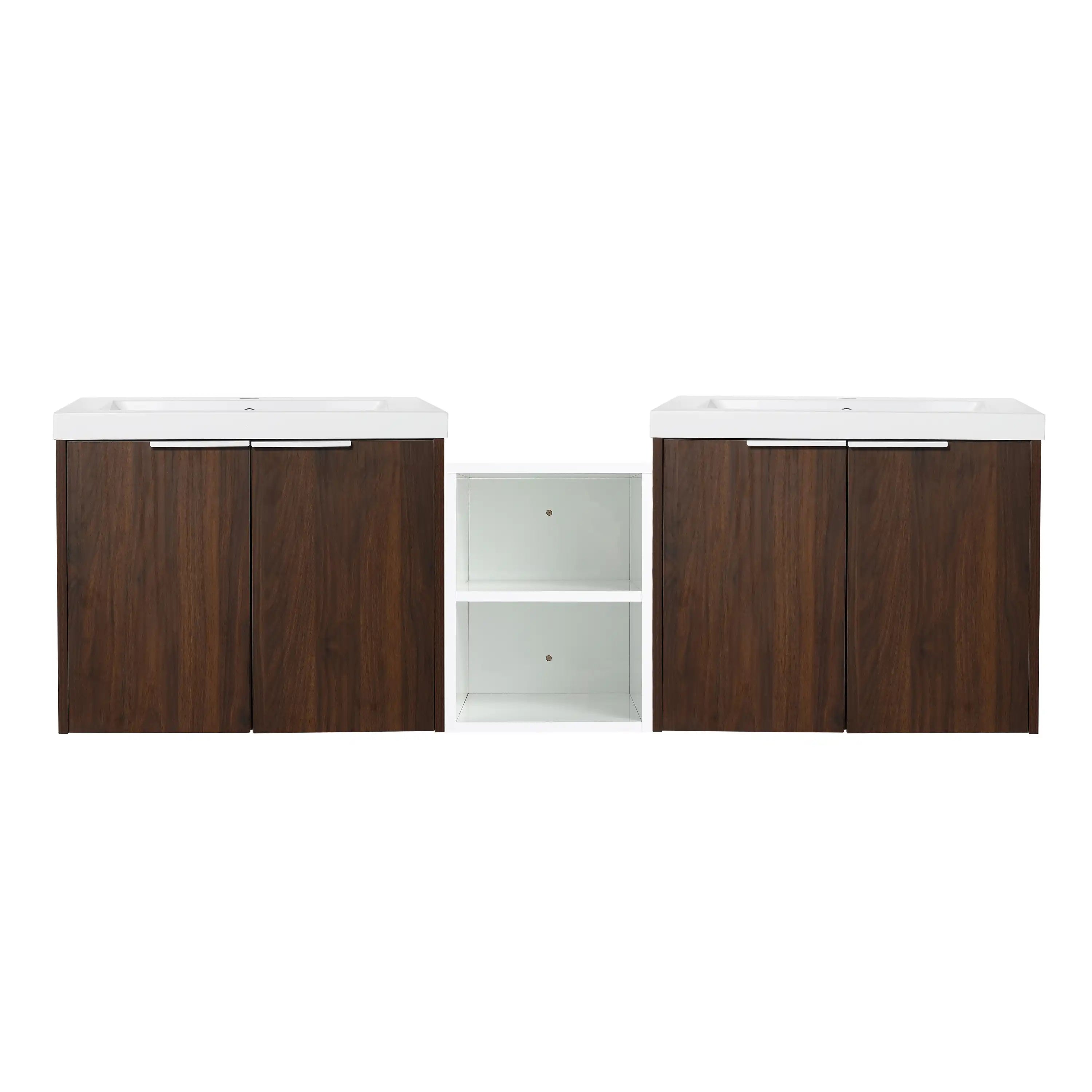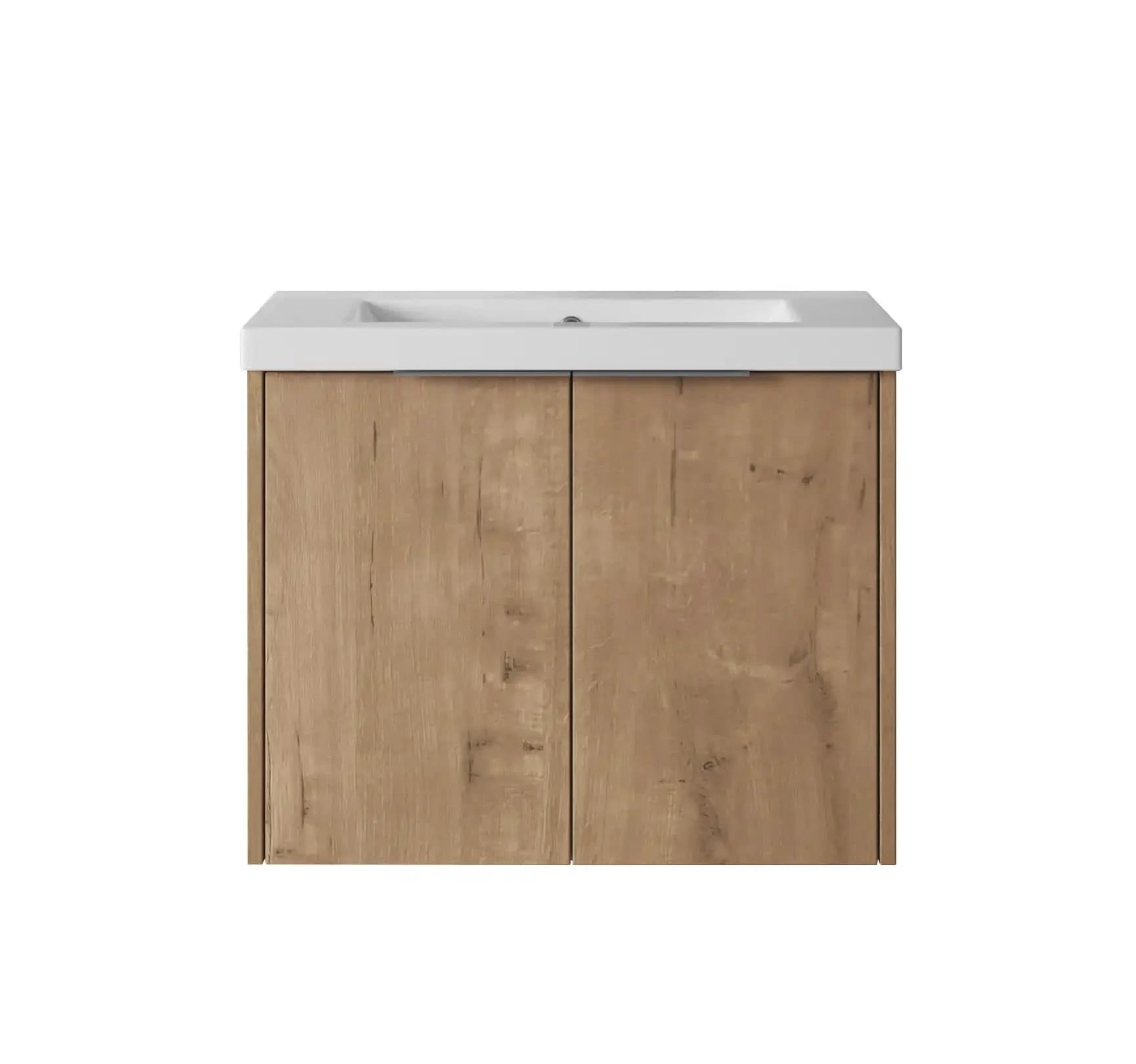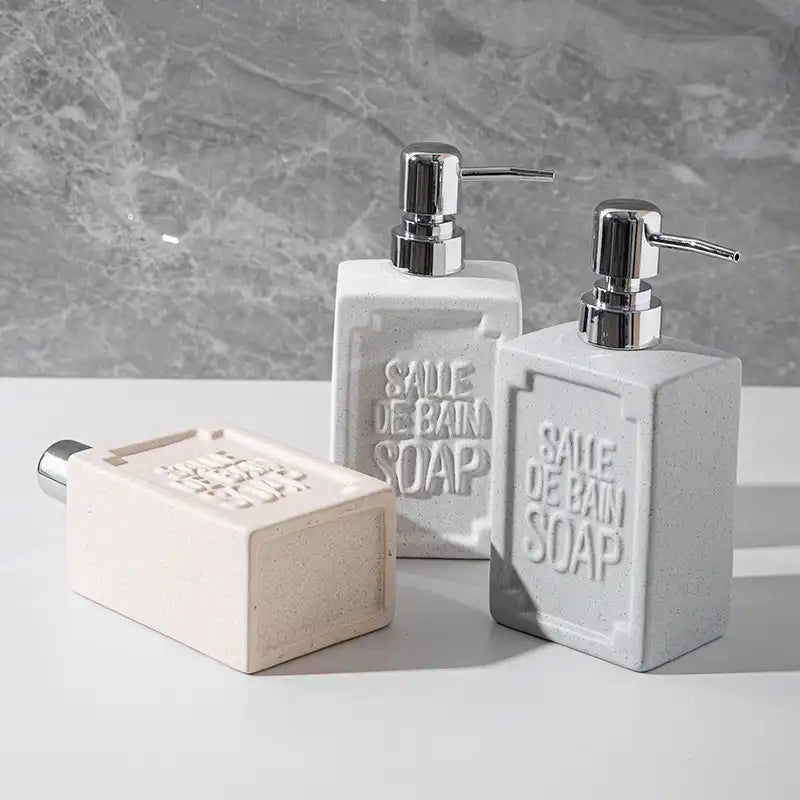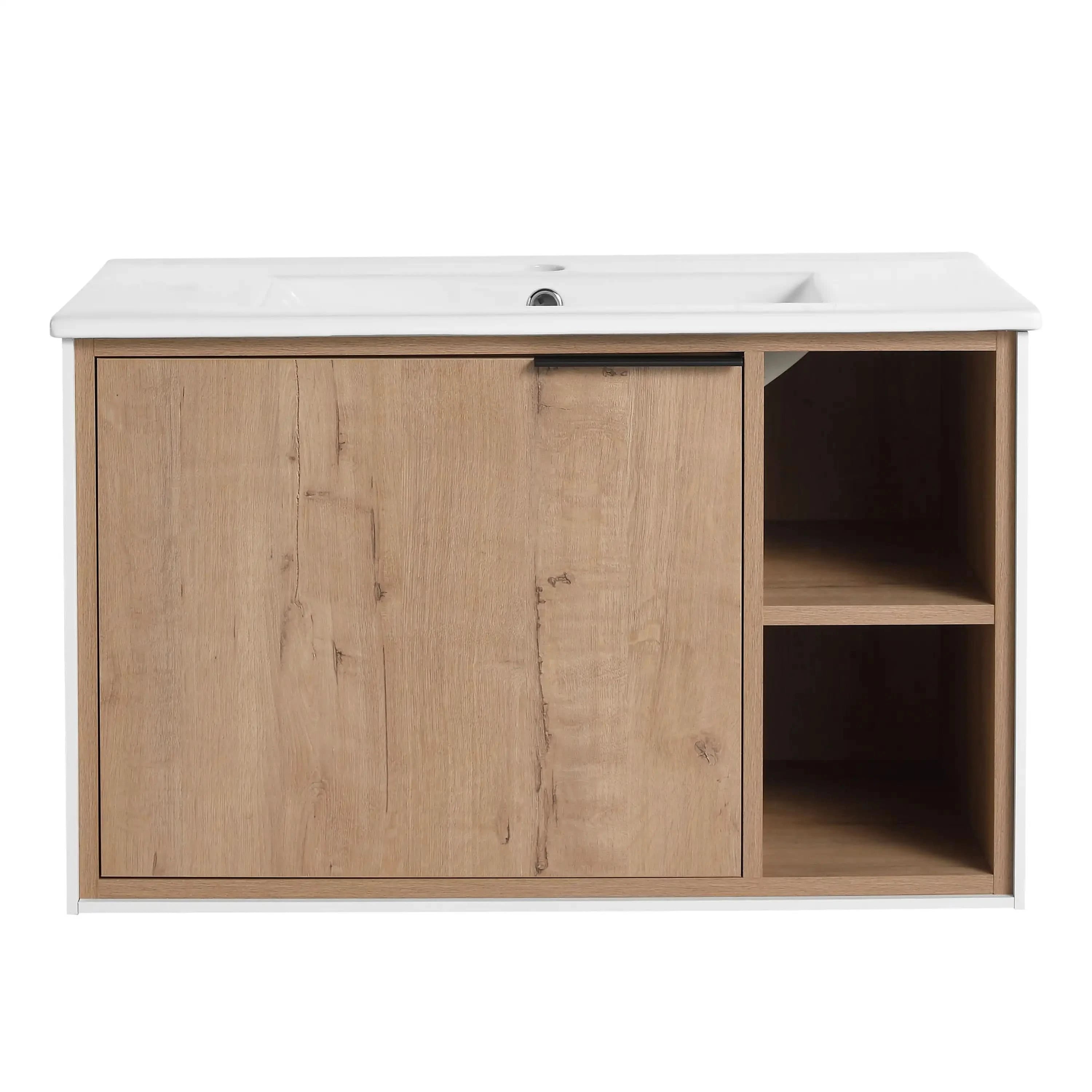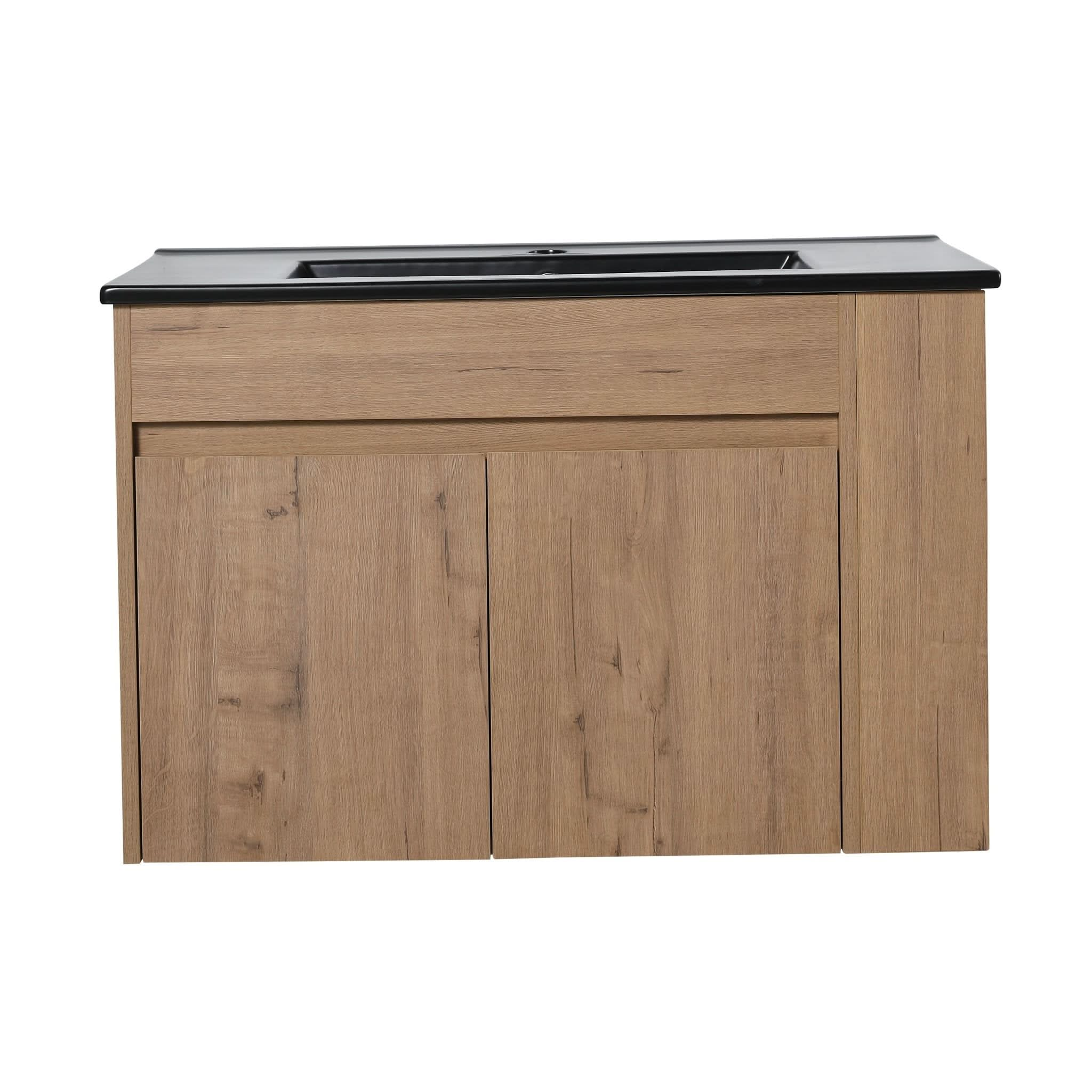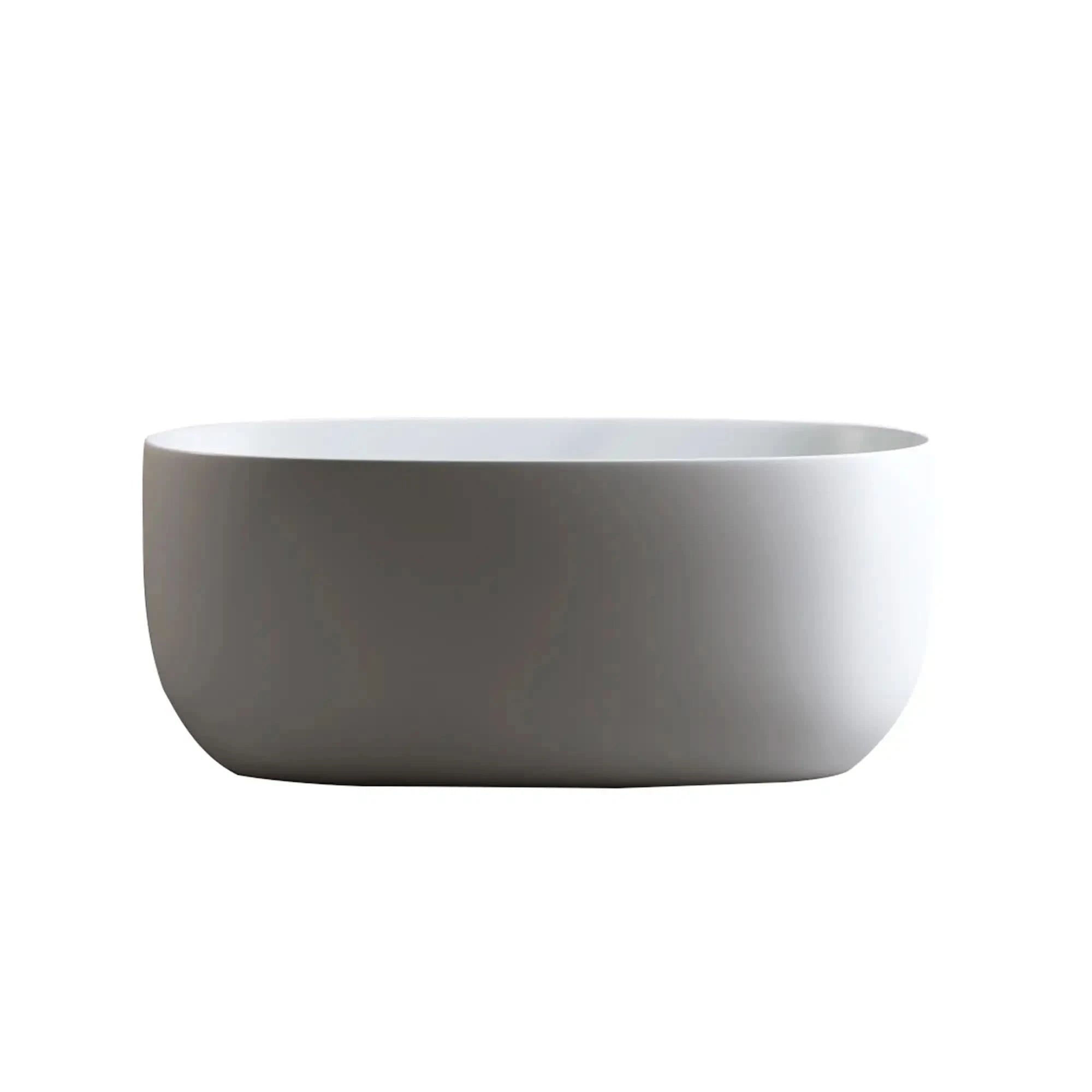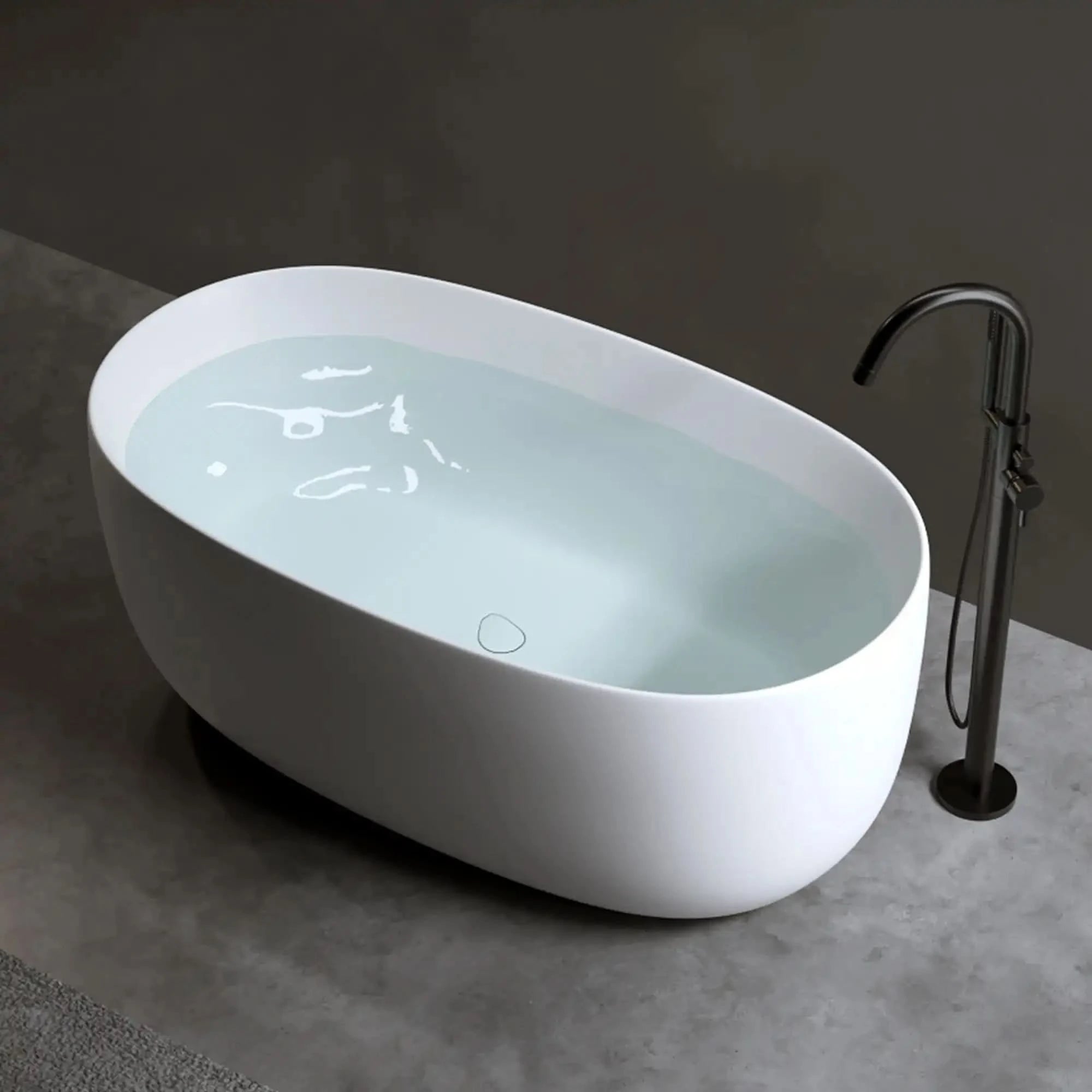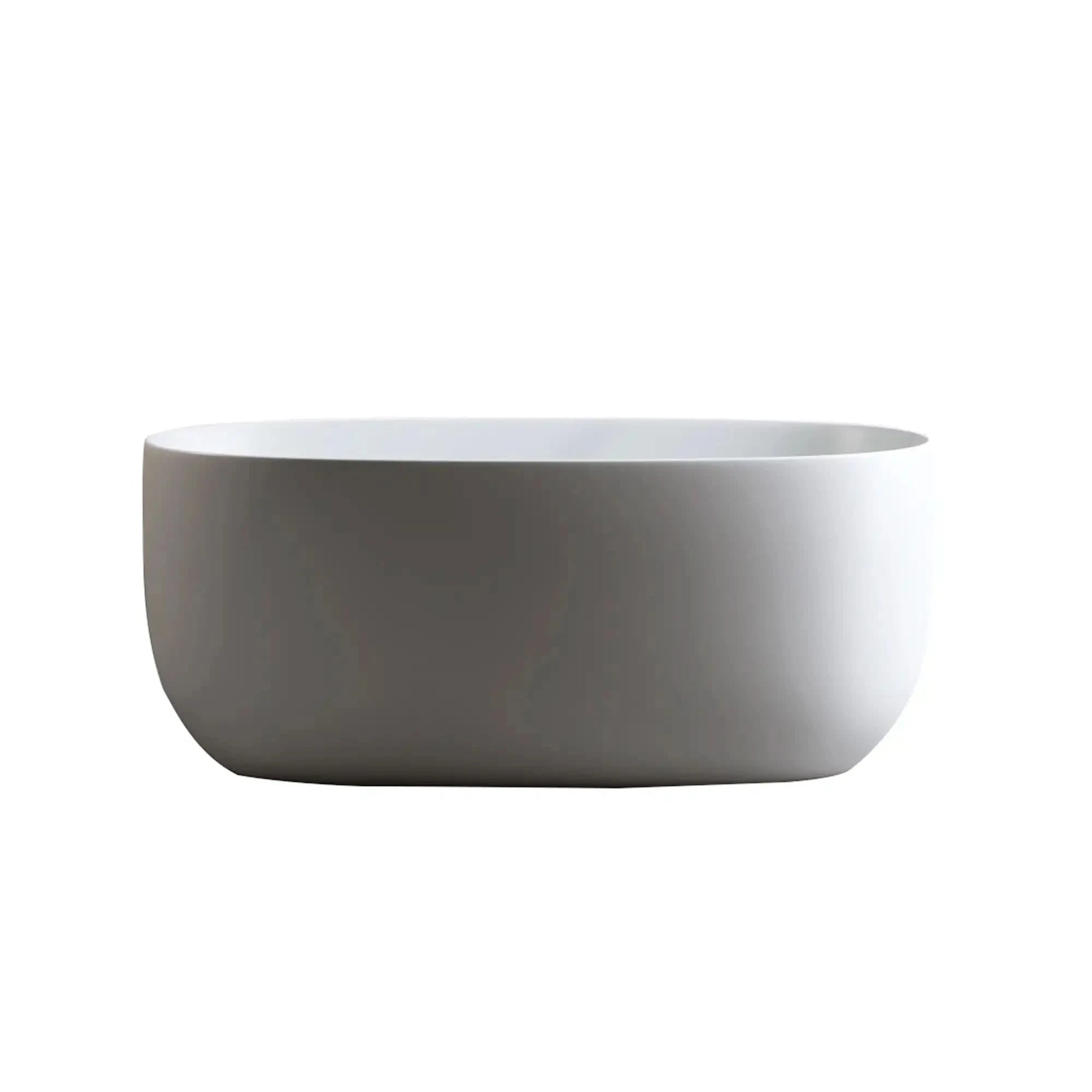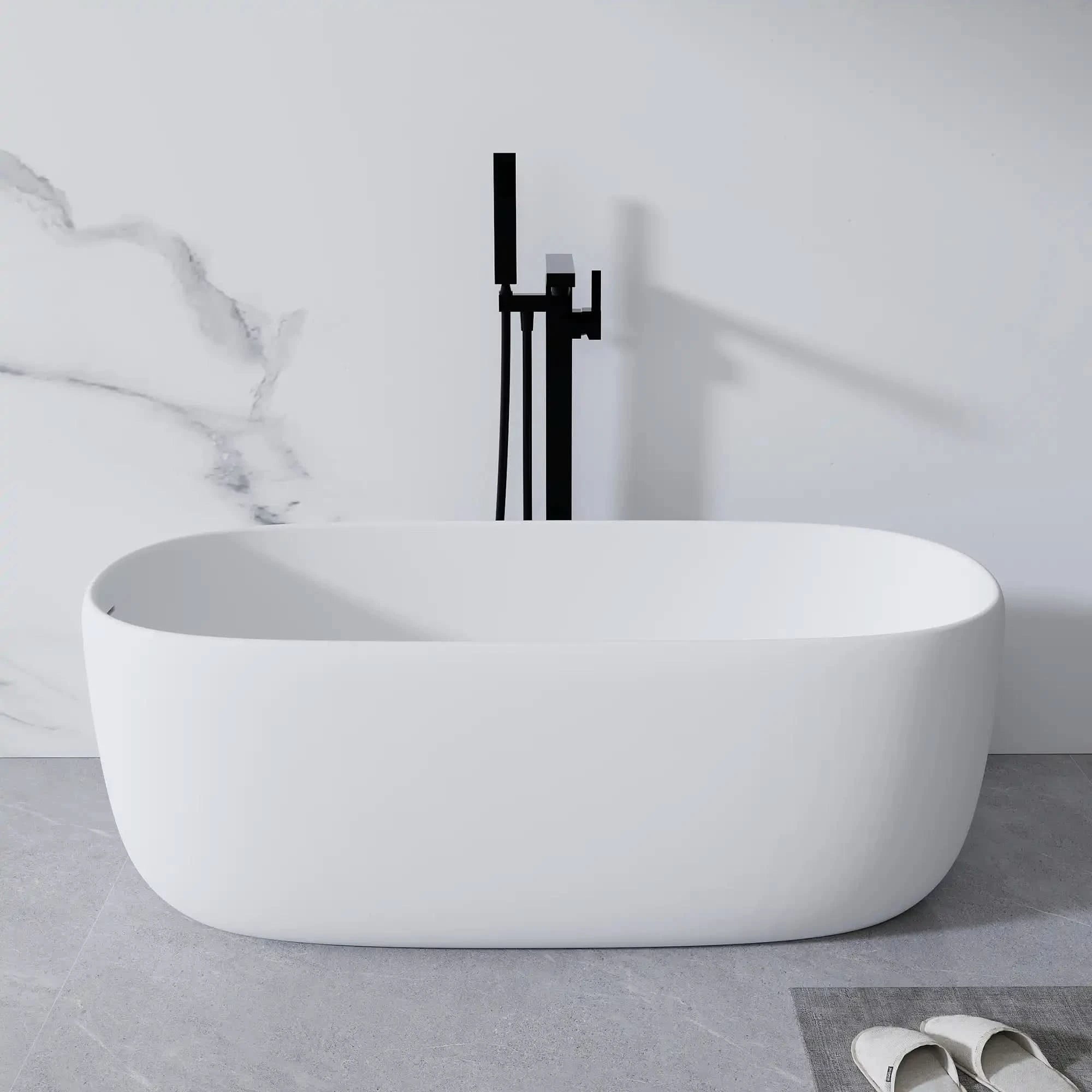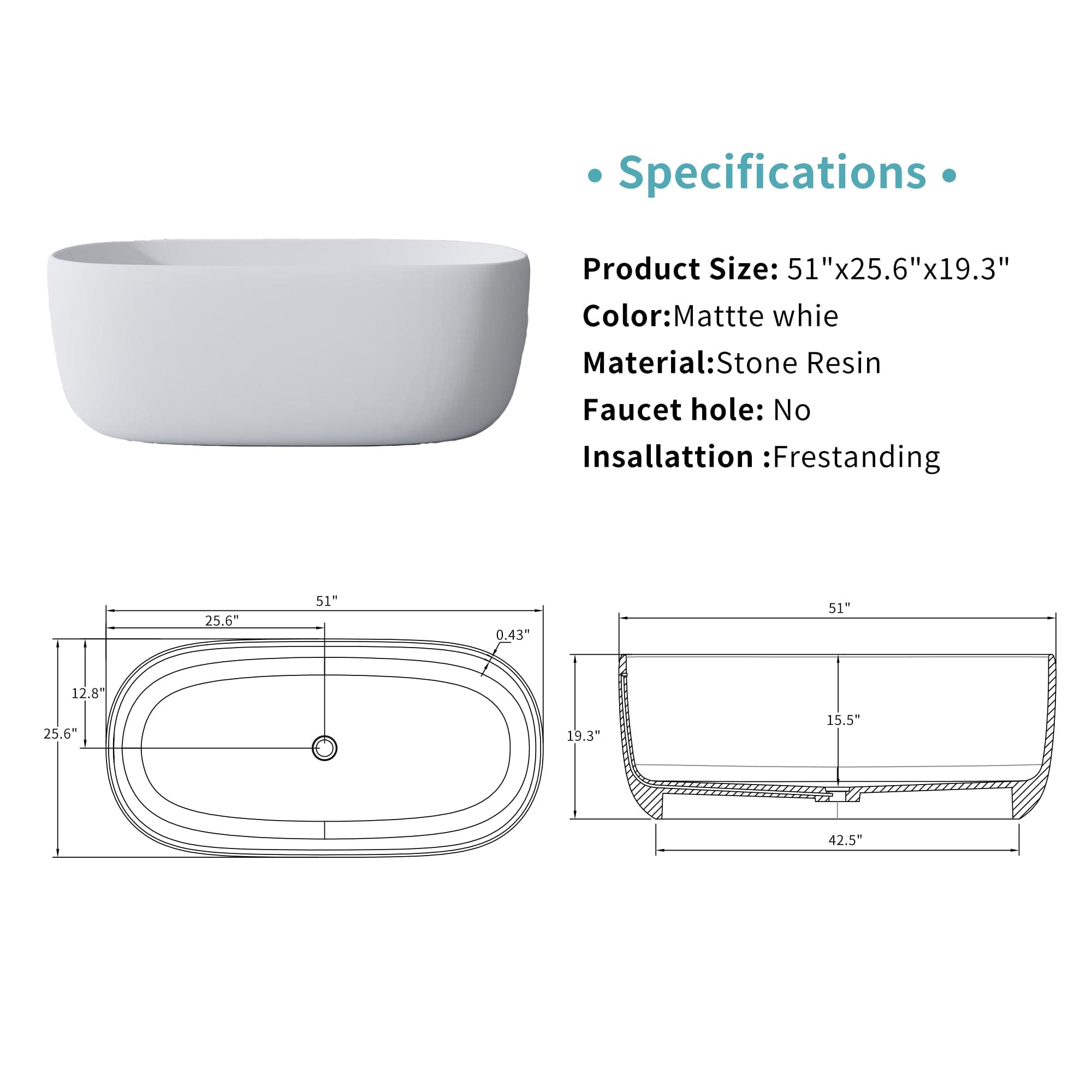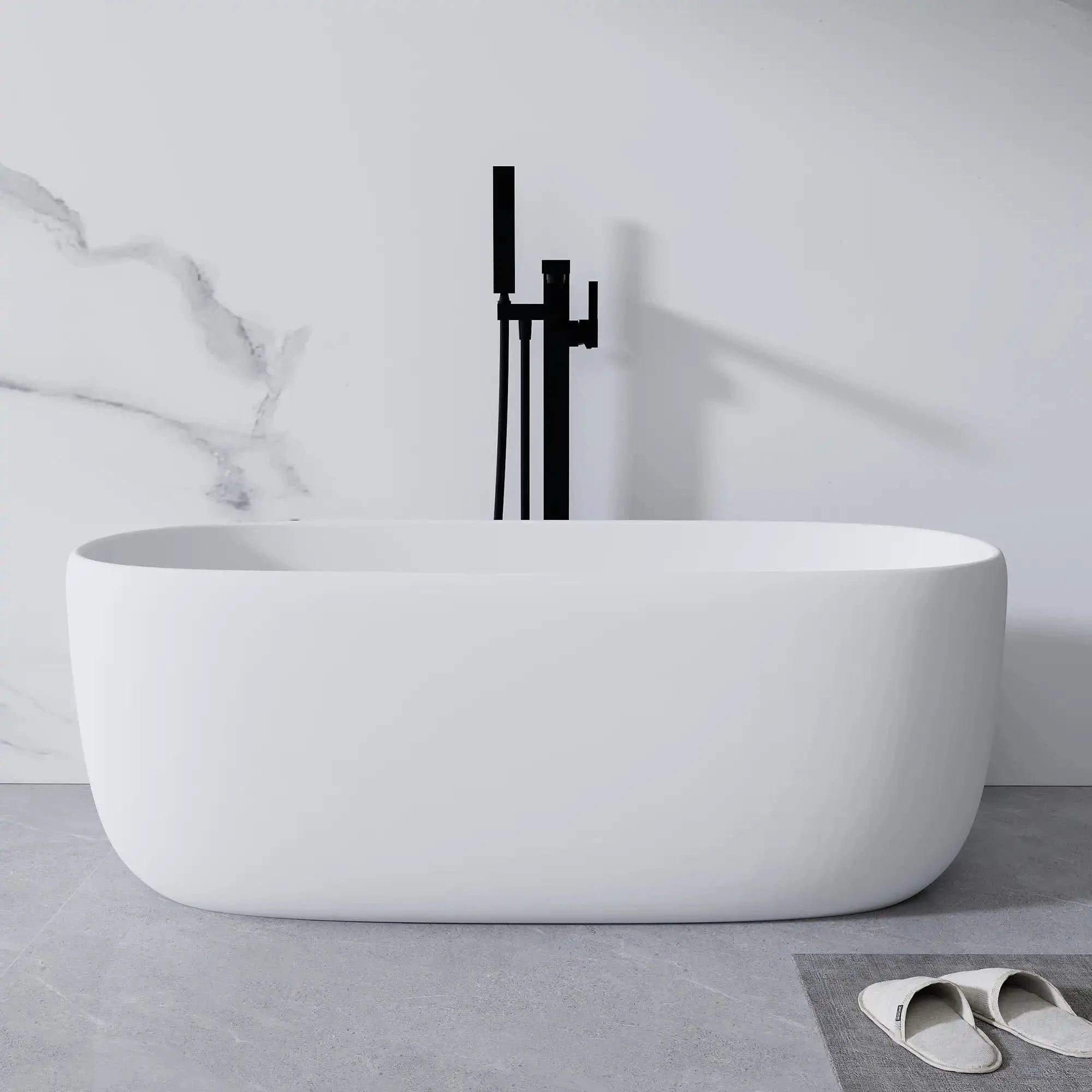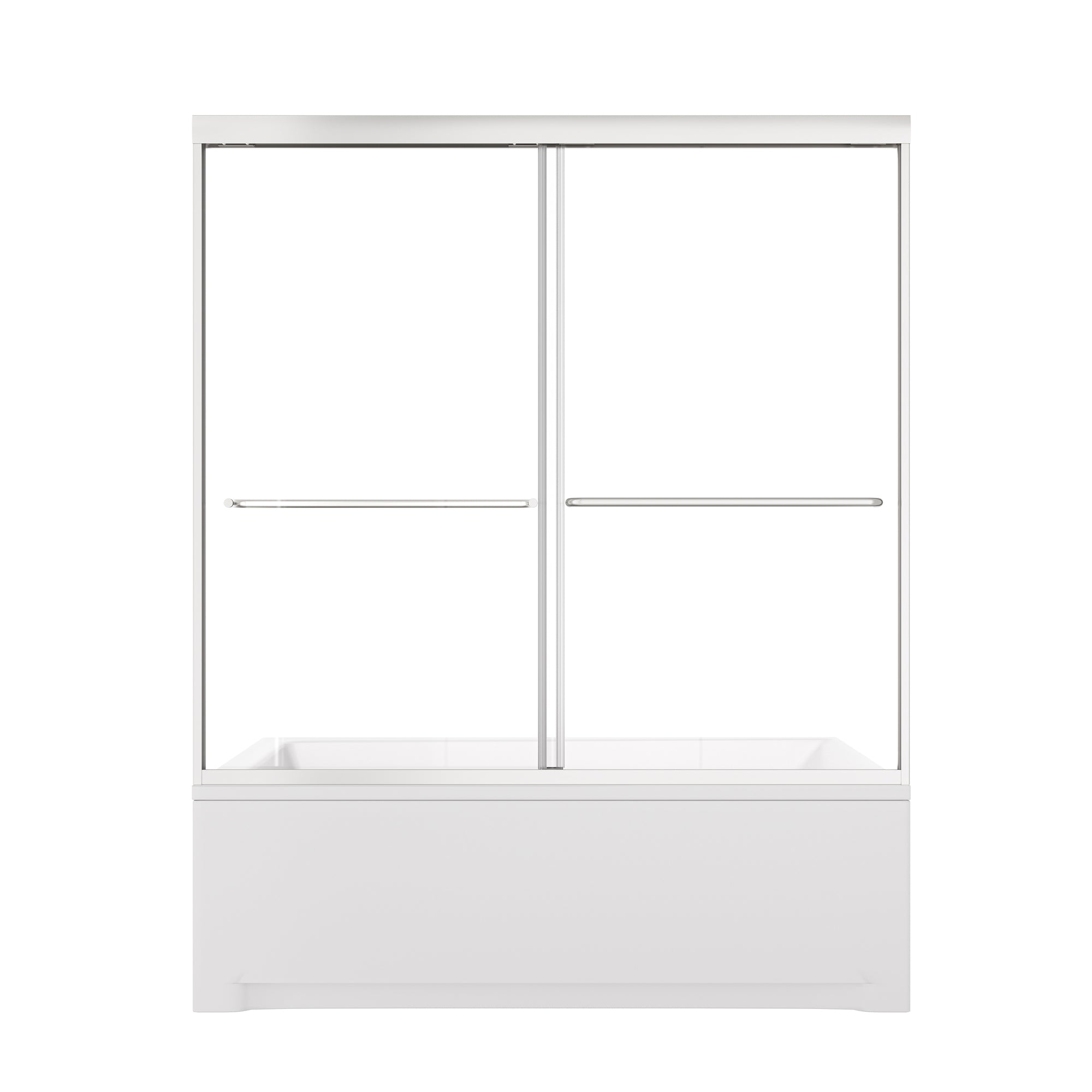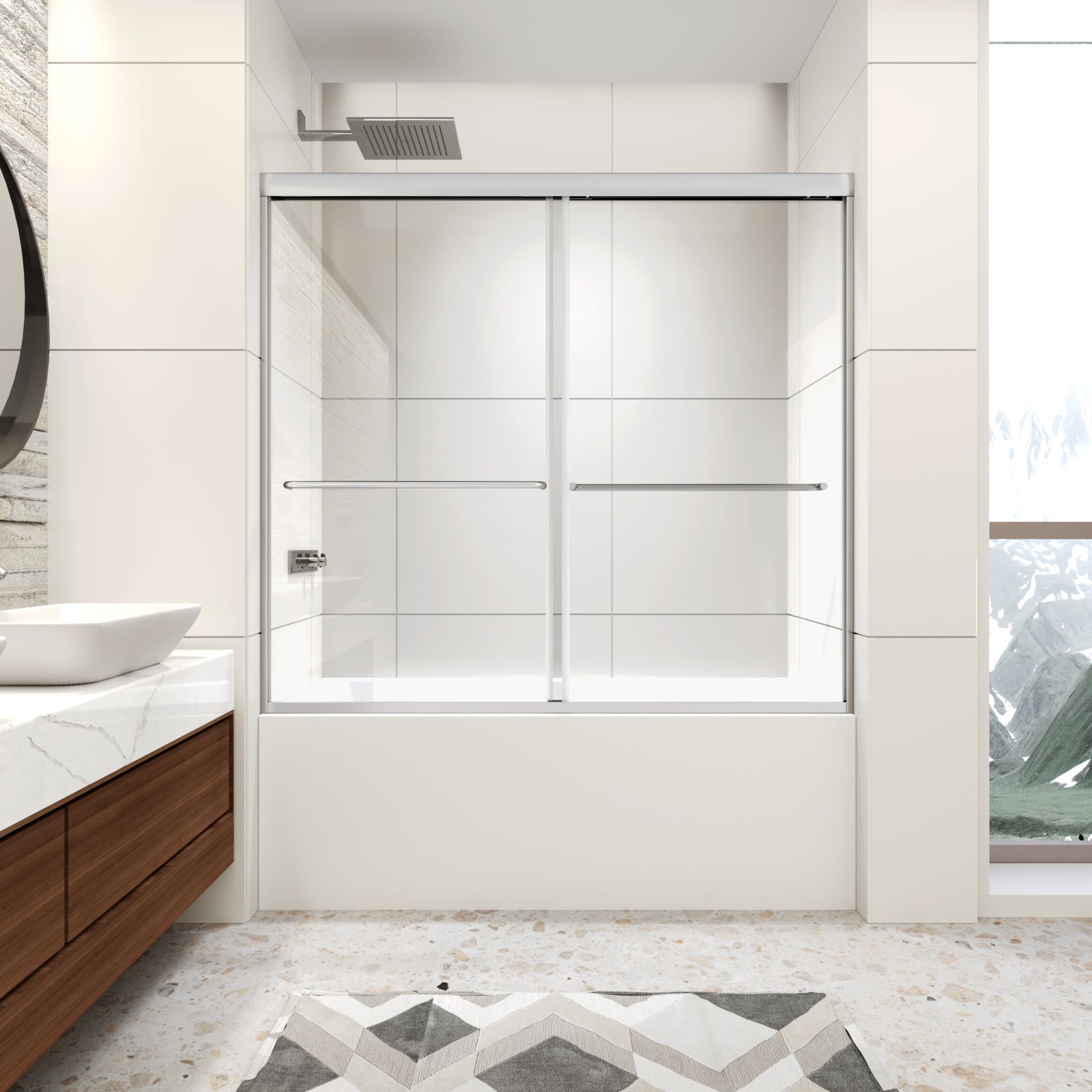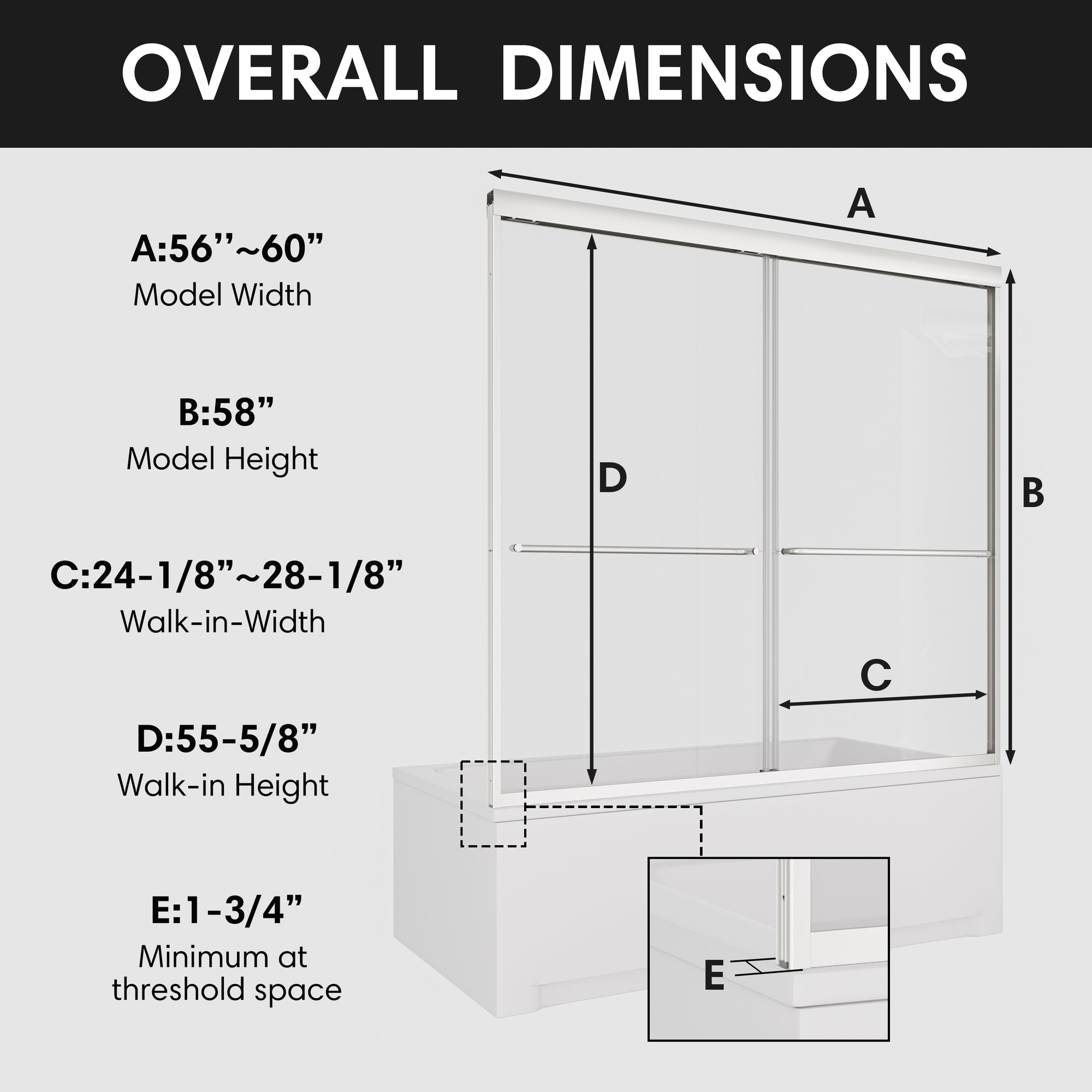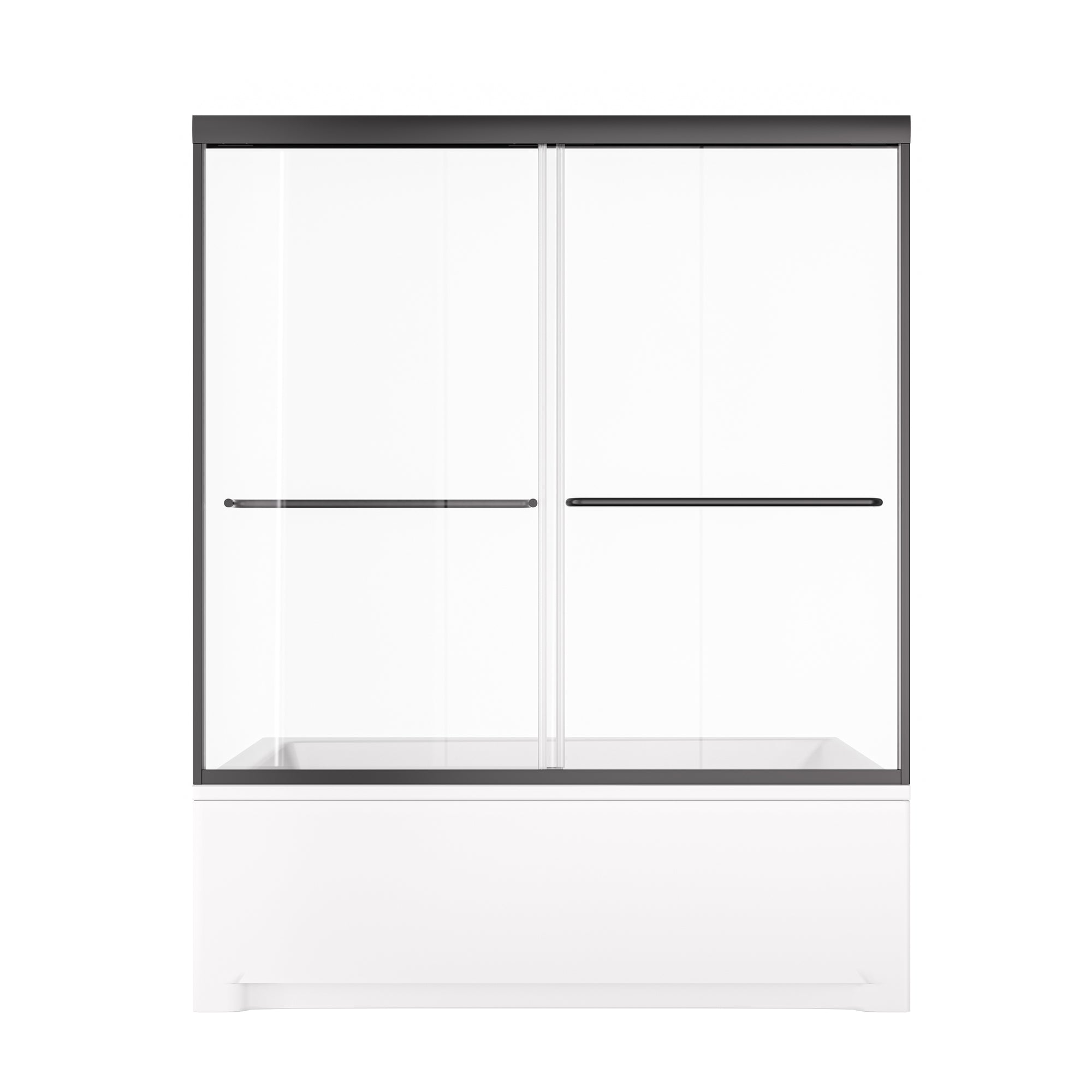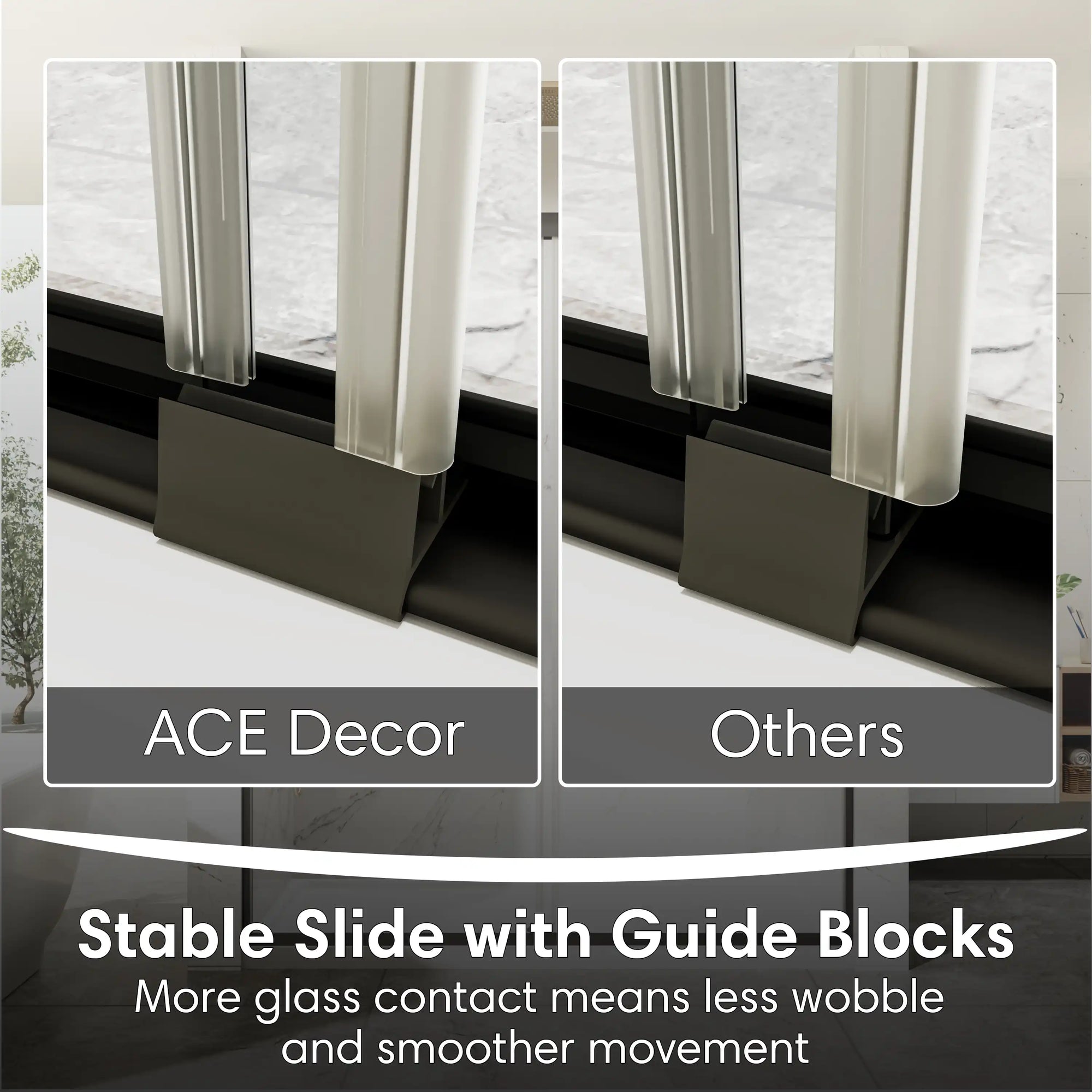In the relentless world of corporate America, where the pressures of deadlines and performance metrics loom large, stress has become a silent epidemic. According to the American Psychological Association, nearly 75% of adults report experiencing moderate to high levels of stress, with one in four indicating that their stress levels have increased in the past year. For white-collar professionals, the consequences are particularly severe: around 40% of office workers suffer from chronic stress and anxiety, leading to various health issues.
Moreover, statistics show that over 60% of office workers experience muscle tension and pain due to prolonged periods of sitting. With sleep disorders affecting 30% of adults—a figure that only rises with work-related stress—the stakes have never been higher. Many professionals find themselves trapped in a cycle of medication and temporary relief, overlooking holistic solutions. Soaking tubs present a compelling alternative, offering a sanctuary for relaxation and wellness. This article will delve into how regular soaking can alleviate common ailments among professionals, improve well-being, and enhance overall quality of life.
Common Health Issues Faced by White-Collar Workers
Chronic Stress and Anxiety
The corporate landscape is often fraught with pressure, pushing many professionals toward the brink of chronic stress. A staggering 78% of employees report feeling stressed at work, and this stress can spiral into anxiety disorders. The demands of modern work life not only disrupt mental peace but can also lead to physical manifestations such as headaches, fatigue, and digestive issues. Imagine returning home after a grueling day, with your mind racing and your body tense—this is a reality for countless workers who find it difficult to switch off.
Muscle Tension and Pain
With the typical office worker spending more than 10 hours a day sitting, it’s no wonder that approximately 80% of adults will experience back pain at some point in their lives. Poor posture, combined with repetitive motions, contributes to chronic muscle tension, particularly in the neck, shoulders, and lower back. The discomfort can be debilitating, turning simple tasks into challenges. Picture ending your day feeling stiff and sore, a stark contrast to the physical vitality one should feel after hours of work.
Sleep Disorders
The National Sleep Foundation reports that 30% of adults experience sleep issues, many attributed to stress and irregular work schedules. Insomnia and restless nights plague many professionals, making it difficult to recharge. Imagine lying in bed, tossing and turning while your mind races through your to-do list—this chronic lack of sleep exacerbates anxiety and contributes to a host of health issues, including obesity, diabetes, and heart disease.
Circulation Problems
Sedentary lifestyles, particularly those characteristic of white-collar jobs, can lead to poor circulation, increasing the risk of cardiovascular issues. Studies show that over 40% of office workers report symptoms of poor circulation, including fatigue, cold extremities, and numbness. Imagine the heaviness in your legs after hours of sitting in meetings, yearning for movement, only to return to your desk.
The Health Benefits of Soaking Tubs
Soaking in a tub offers a wealth of health benefits that can dramatically improve well-being. Let’s explore some of these advantages in detail:
Stress Relief
One of the most immediate benefits of soaking in warm water is its ability to alleviate stress. Research indicates that warm water immersion can lower cortisol levels, the body’s primary stress hormone. Imagine stepping into a hot tub after a demanding day; the warm water envelops you, washing away the tension of your workday. Adding calming elements such as soft music or aromatherapy can further enhance this experience, transforming it into a sanctuary of tranquility.
Muscle Relaxation
The buoyancy of warm water works wonders for muscle relaxation and pain relief. The heat increases blood circulation, which aids in the recovery of sore muscles. Picture yourself after a long day at your desk—stepping into a warm tub can be like a gentle embrace, melting away the aches and pains accumulated throughout the day. Regular soaking can be an effective tool for both recovery and relaxation, helping to counteract the effects of a sedentary lifestyle.
Improved Sleep Quality
Regular soaking can lead to enhanced sleep quality. A study published in the Journal of Clinical Sleep Medicine highlights that hydrotherapy significantly improves sleep. Imagine incorporating a warm soak into your nighttime routine—a simple yet powerful ritual that signals to your body that it’s time to unwind. This soothing practice can promote deeper, more restorative sleep, allowing you to wake up refreshed and ready to tackle the day.
Pain Relief
For individuals living with chronic pain conditions, soaking can provide substantial relief. The combination of heat and buoyancy reduces pressure on joints and alleviates muscle tension. This is particularly beneficial for those suffering from arthritis or back pain. Picture yourself soaking in a warm tub, feeling the discomfort melt away—this therapeutic power can transform your evenings from a time of agony to a moment of peace.
Enhanced Circulation
Soaking in warm water promotes better blood circulation, which is essential for overall health. Improved circulation facilitates nutrient delivery to muscles and organs, enhancing vitality. Regular use of soaking tubs can counteract the adverse effects of a sedentary lifestyle, offering a natural boost to your circulatory system. Imagine feeling more energized and alert, ready to face the challenges of the day.
Increased Insulin Sensitivity
Emerging research suggests that hot water immersion may improve insulin sensitivity, with studies showing that regular hot baths can lower blood sugar levels. For busy professionals managing diabetes or at risk, soaking can be a beneficial addition to their wellness routine. Imagine incorporating a simple, enjoyable activity that not only relaxes you but also positively impacts your metabolic health.
Calorie Burn
While soaking in a tub shouldn't replace physical activity, it’s noteworthy that a 30-minute soak can burn a significant number of calories—comparable to a brisk walk. For professionals struggling to find time for exercise amidst their busy schedules, incorporating a soaking routine can contribute to calorie expenditure and metabolic health. Picture the surprise of knowing you can relax and still support your fitness goals.
The Psychological Benefits of Soaking
Beyond physical advantages, soaking tubs provide profound psychological benefits. Taking time for oneself is essential for mental health, especially in high-stress environments. Soaking can serve as a form of mindfulness, allowing individuals to disconnect from work-related stressors. Imagine dedicating time solely to yourself, where you can reflect, relax, and rejuvenate. This intentional practice can lead to improved mental clarity and emotional resilience, crucial elements for navigating today’s demanding work life.
Incorporating Soaking Into a Wellness Routine
To maximize the benefits of soaking, consider integrating it into your regular wellness routine:
Create a Relaxing Environment
Setting the scene for your soaking sessions is vital. Dim the lights, play calming music, and consider adding essential oils or bath products that promote relaxation. The right ambiance can enhance the therapeutic effects of your soak, transforming your bathroom into a personal retreat.
Mindfulness and Breathing Exercises
Use your soaking time to practice mindfulness. Focus on your breath, allowing the day’s stress to dissipate. Engaging in deep breathing while soaking can amplify relaxation and foster a sense of calm. Imagine being fully present in the moment, letting the warmth of the water envelop you and wash away tension.
Combine with Other Wellness Practices
Integrate soaking with other wellness routines, such as yoga or meditation. A warm soak can be the perfect way to wind down after a yoga session, allowing your body to relax and restore fully. Picture the synergy of combining physical movement with the soothing embrace of water, creating a holistic approach to well-being.
Choosing the Right Soaking Tub
When selecting a soaking tub, consider both aesthetics and functionality. Brands like ACE DECOR offer elegant options, such as the LY Curved Freestanding Soaking Tub and the LY Egg-Shaped Freestanding Soaking Tub, designed to enhance your bathroom's appeal while providing a luxurious soaking experience. Choosing the right tub transforms your bathing ritual into a daily escape, elevating your self-care routine.
Safety Considerations
While soaking is generally safe for most people, it’s essential to keep certain considerations in mind:
Hydration
Soaking can lead to dehydration, particularly if the water is very hot. Be sure to drink plenty of water before and after your soak to maintain hydration.
Temperature Control
Ensure the water temperature is comfortable—ideally around 100-104°F (37-40°C). Prolonged exposure to very hot water can lead to dizziness or overheating. Pay attention to how your body feels, adjusting the temperature as needed.
Limit Time in the Tub
Especially for those new to soaking, it’s advisable to limit your time to 10-15 minutes to avoid overheating. Listen to your body and exit the tub if you feel lightheaded or uncomfortable.
The Social Aspect of Soaking
Soaking can also serve as a wonderful social activity. Whether sharing a tub with a partner or hosting friends for a relaxing evening, the act of soaking can enhance connections and create memorable experiences. Imagine gathering with friends in a warm tub, laughter echoing as you share stories and unwind together—a perfect antidote to the stresses of daily life.
Conclusion
Incorporating soaking tubs into your life can provide significant health benefits, especially for busy white-collar professionals. From stress relief and improved sleep to pain management and enhanced circulation, the advantages are numerous. As we navigate the challenges of modern work life, prioritizing self-care through soaking can lead to improved overall well-being and a higher quality of life. Imagine transforming your bathroom into a sanctuary—a place where you can escape, recharge, and rejuvenate.
FAQ
Q: How often should I soak in a tub for optimal benefits?
A: Aim for at least 2-3 times a week to experience the full range of benefits.
Q: Can I add anything to the water for enhanced relaxation?
A: Absolutely! Epsom salts, essential oils, or bath bombs can elevate your soaking experience.
Q: Is a soaking tub suitable for smaller bathrooms?
A: Yes! Many compact designs are available that fit beautifully in limited spaces.
Q: How long should I soak for the best results?
A: A soak of 15-30 minutes is ideal, depending on your comfort level and experience.
Q: What should I do if my tub becomes dirty?
A: Regular cleaning with non-toxic products will keep your tub looking pristine and inviting.
By embracing the simple yet powerful act of soaking, busy professionals can discover a transformative experience that offers relief and rejuvenation amidst the challenges of everyday life. So go ahead, indulge in a soak, and let the waves of relaxation wash over you.
